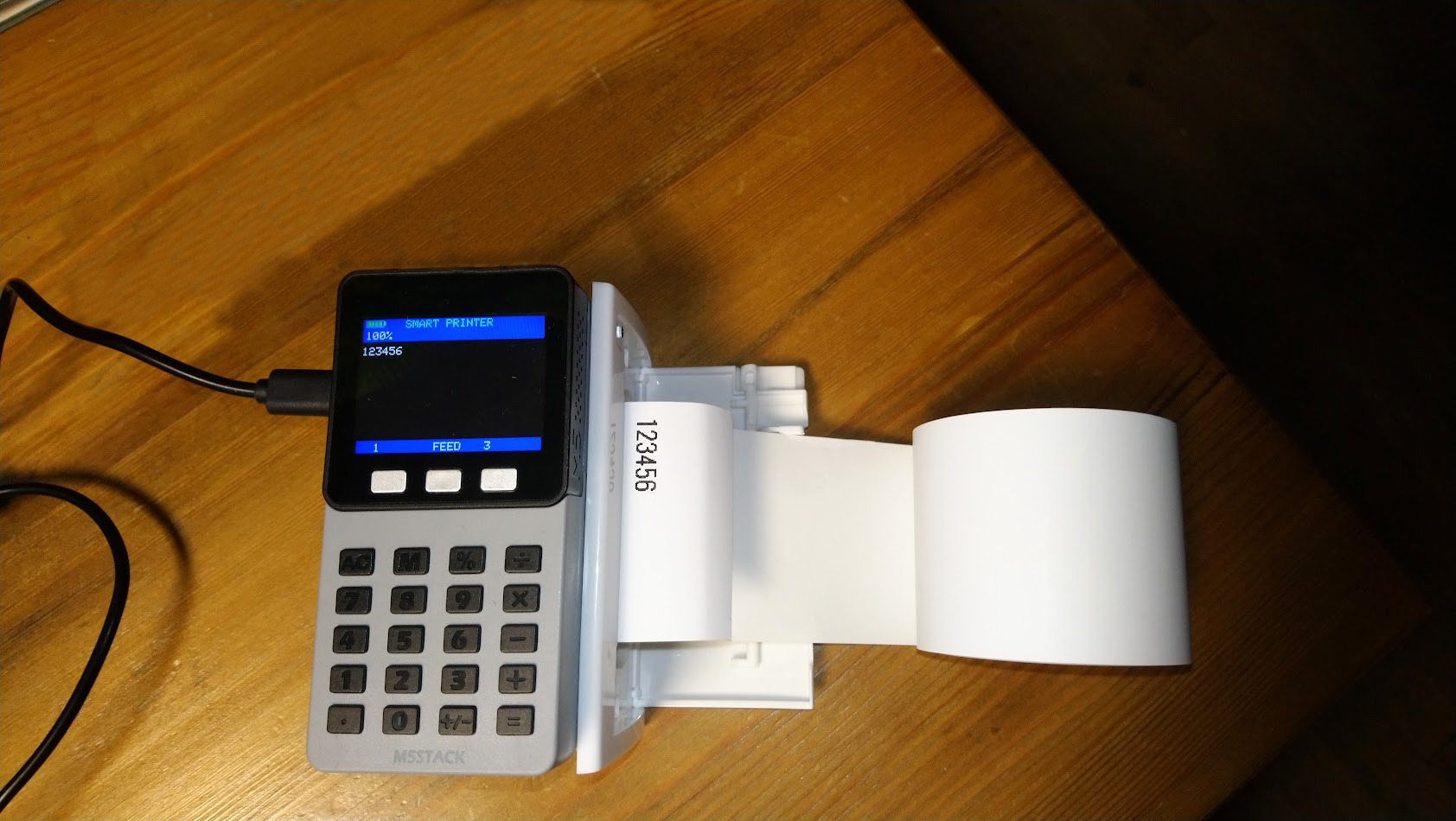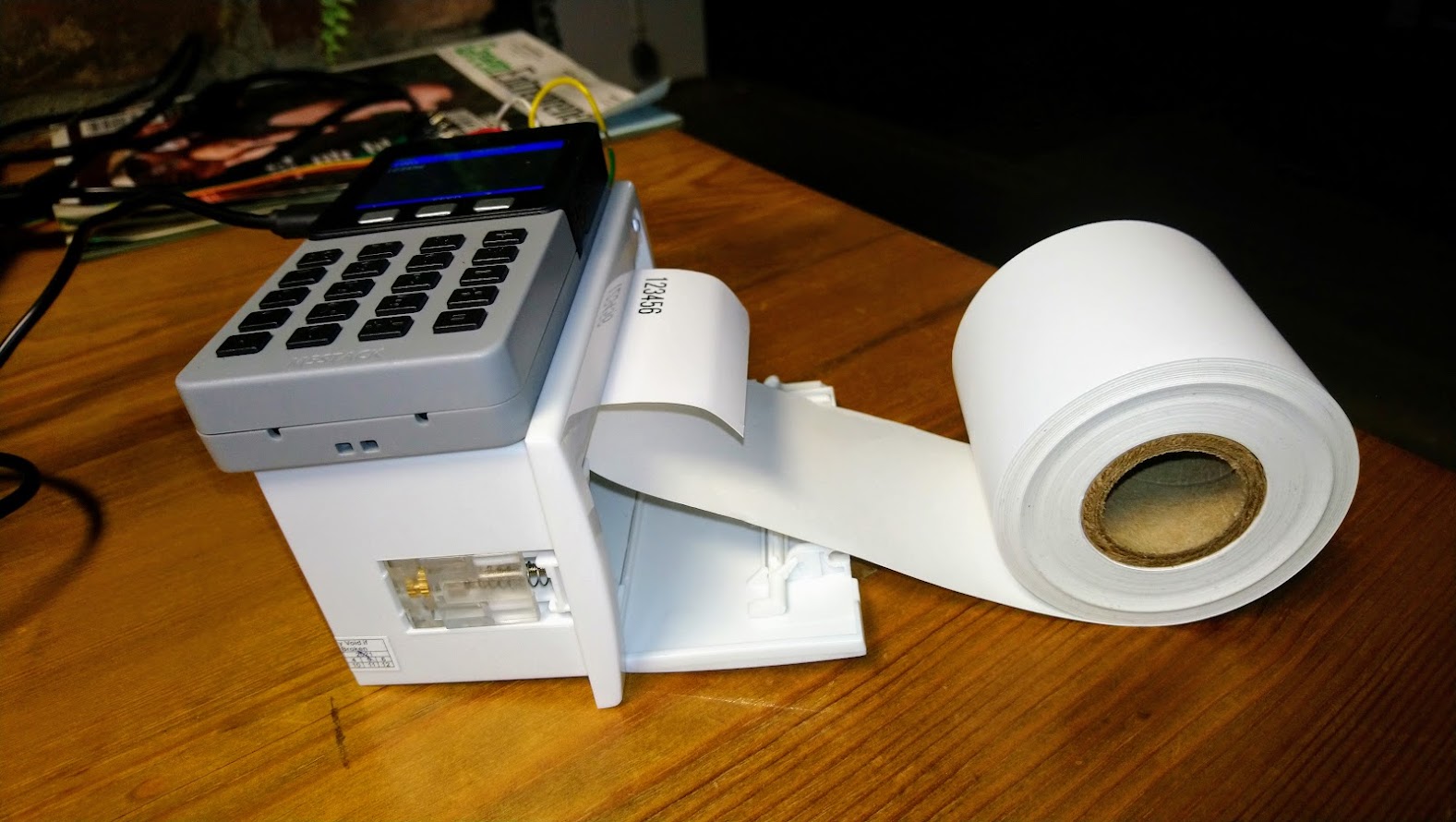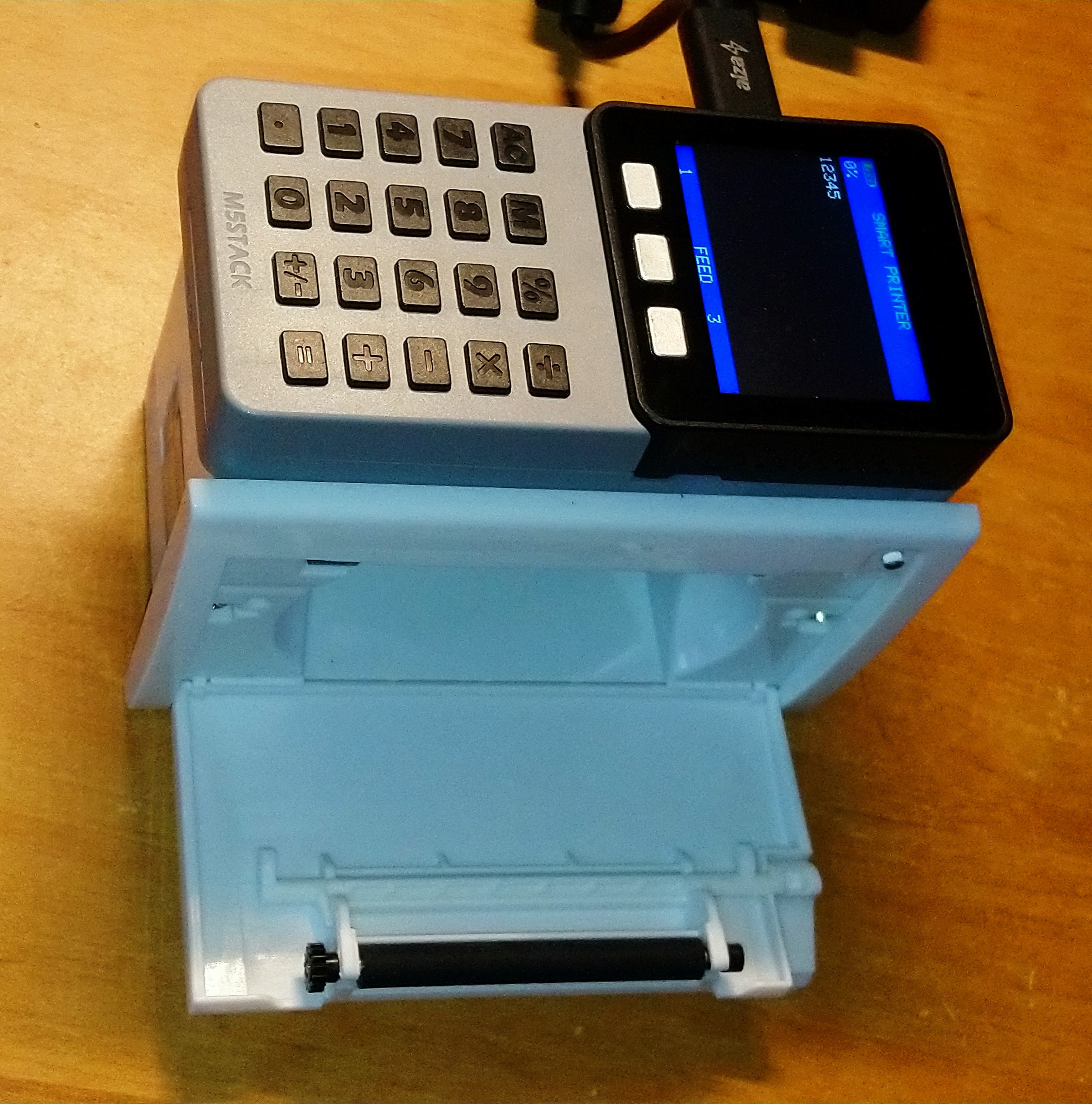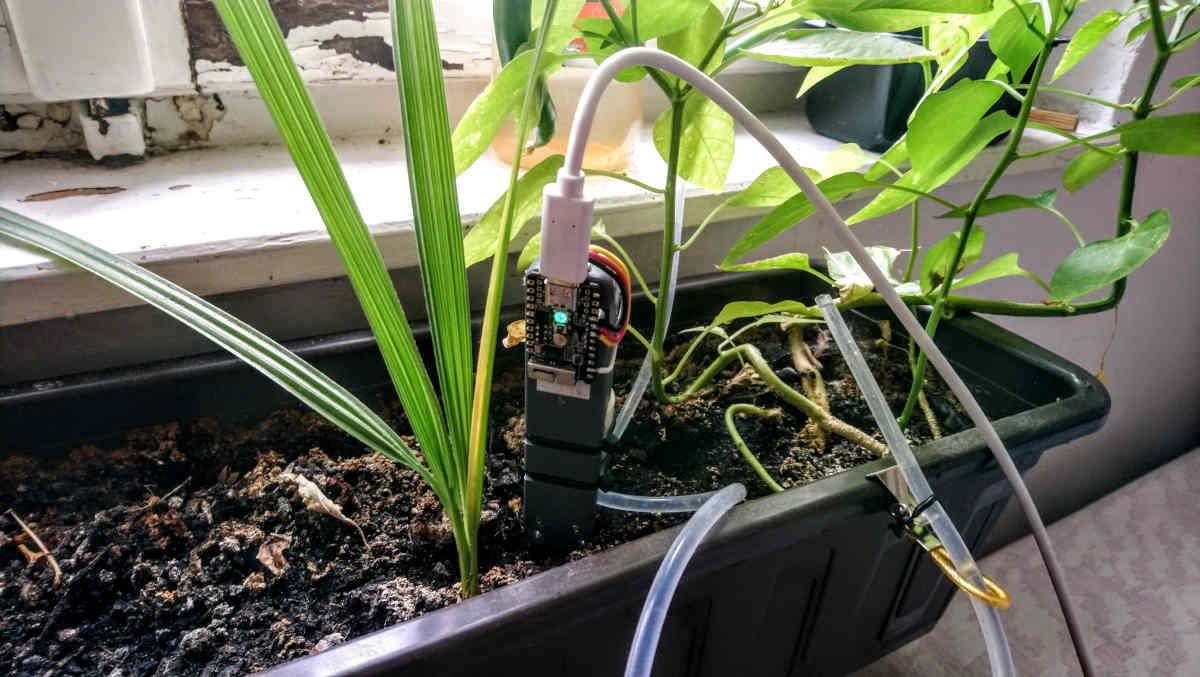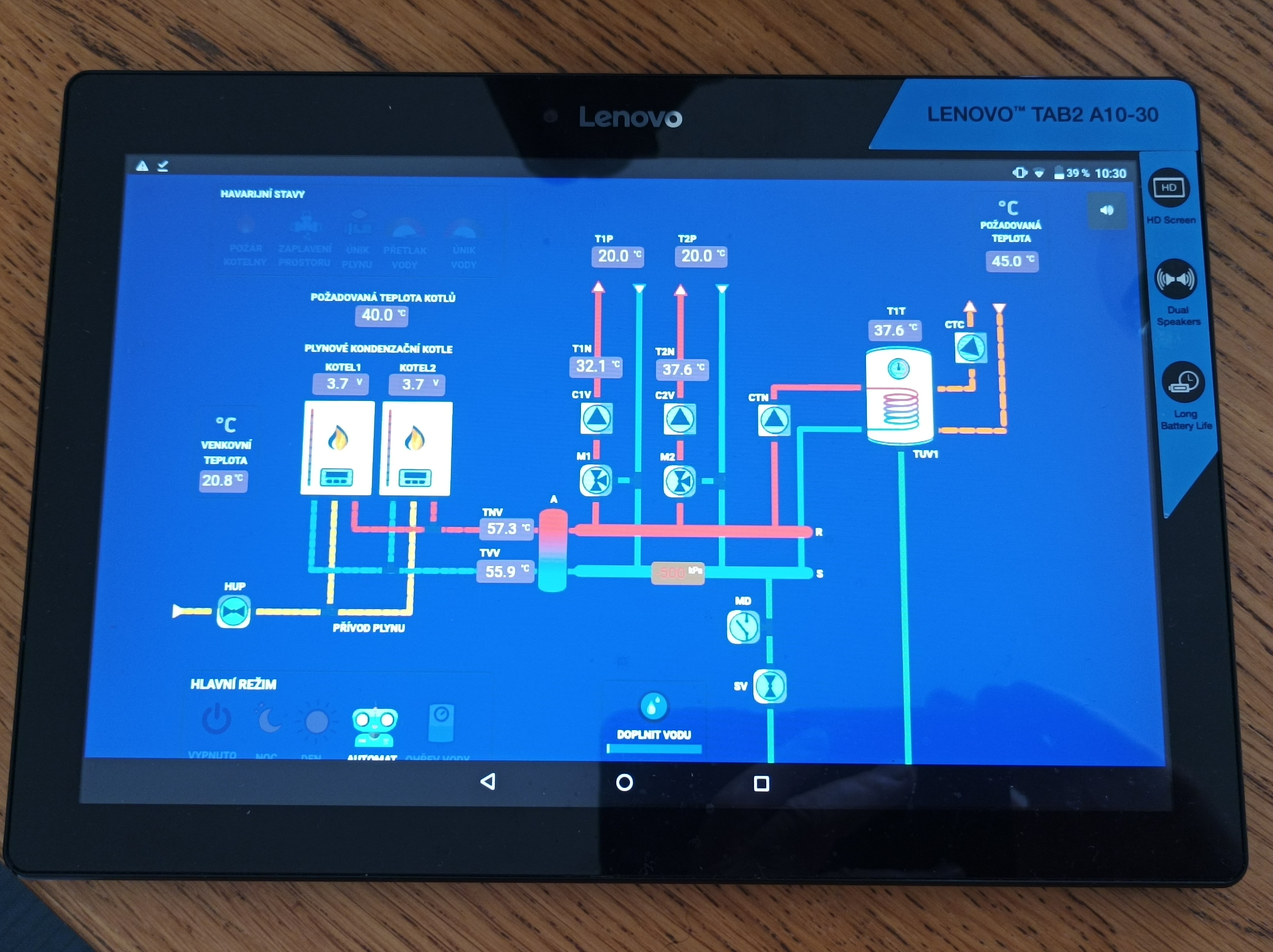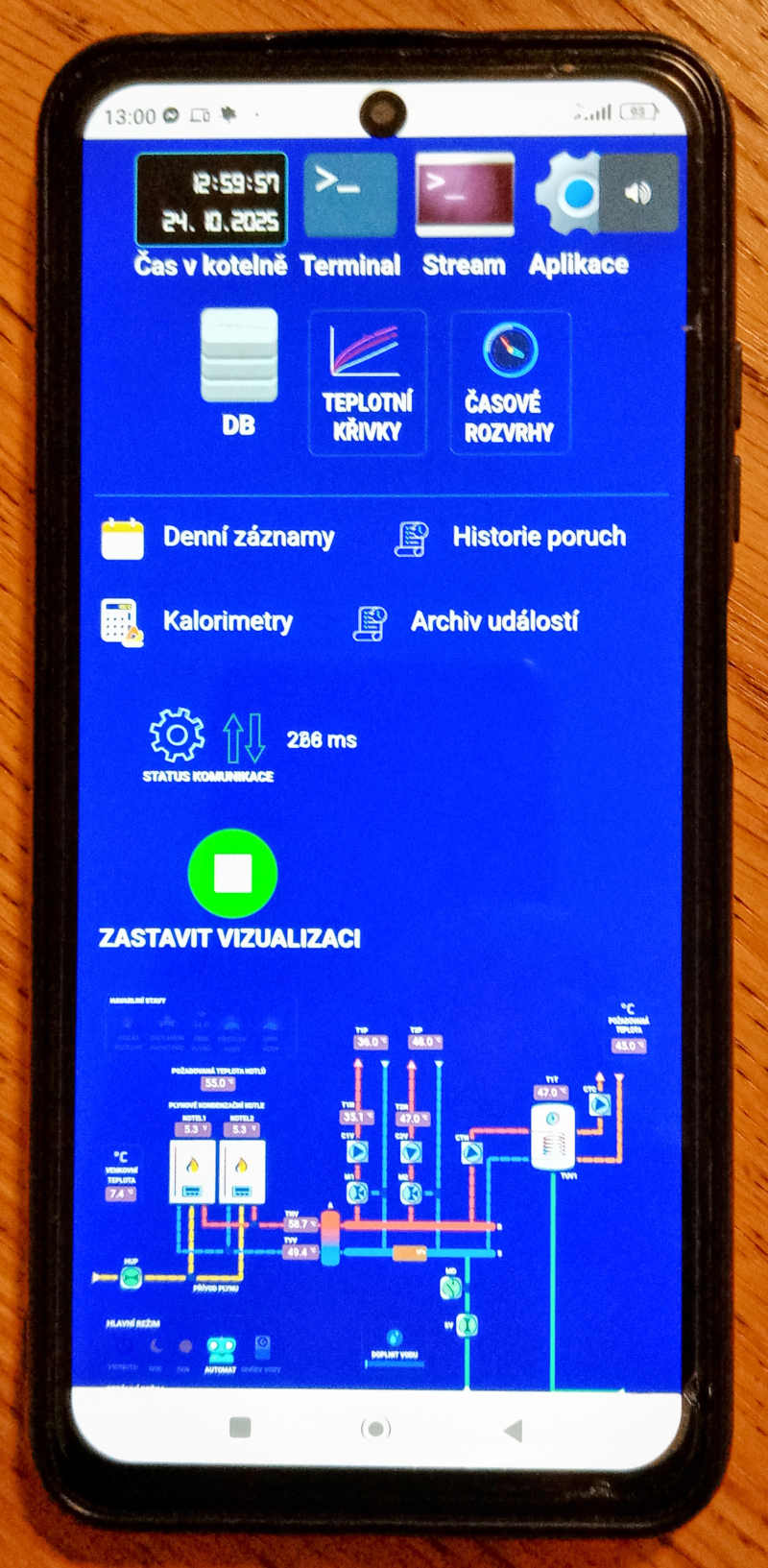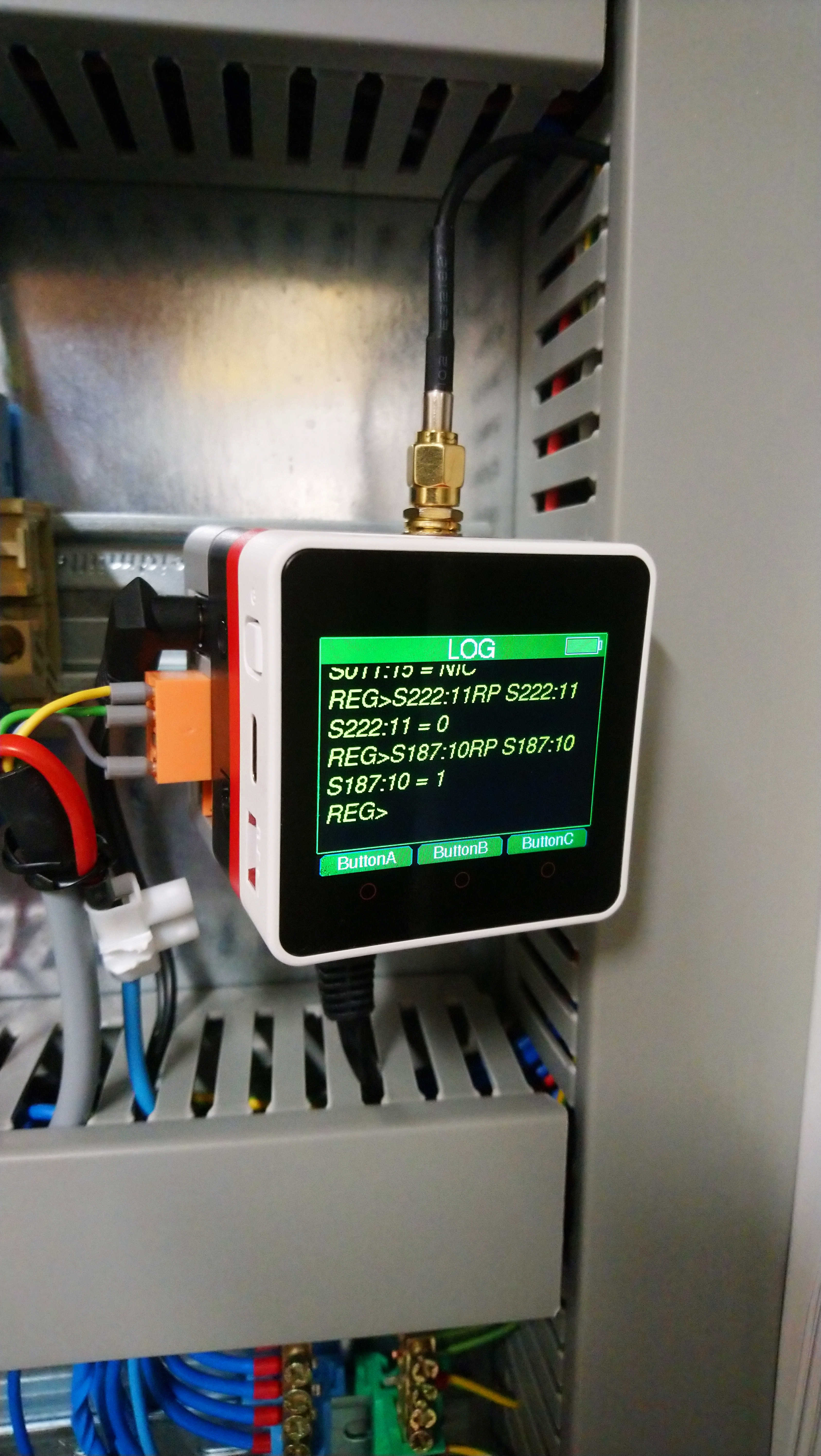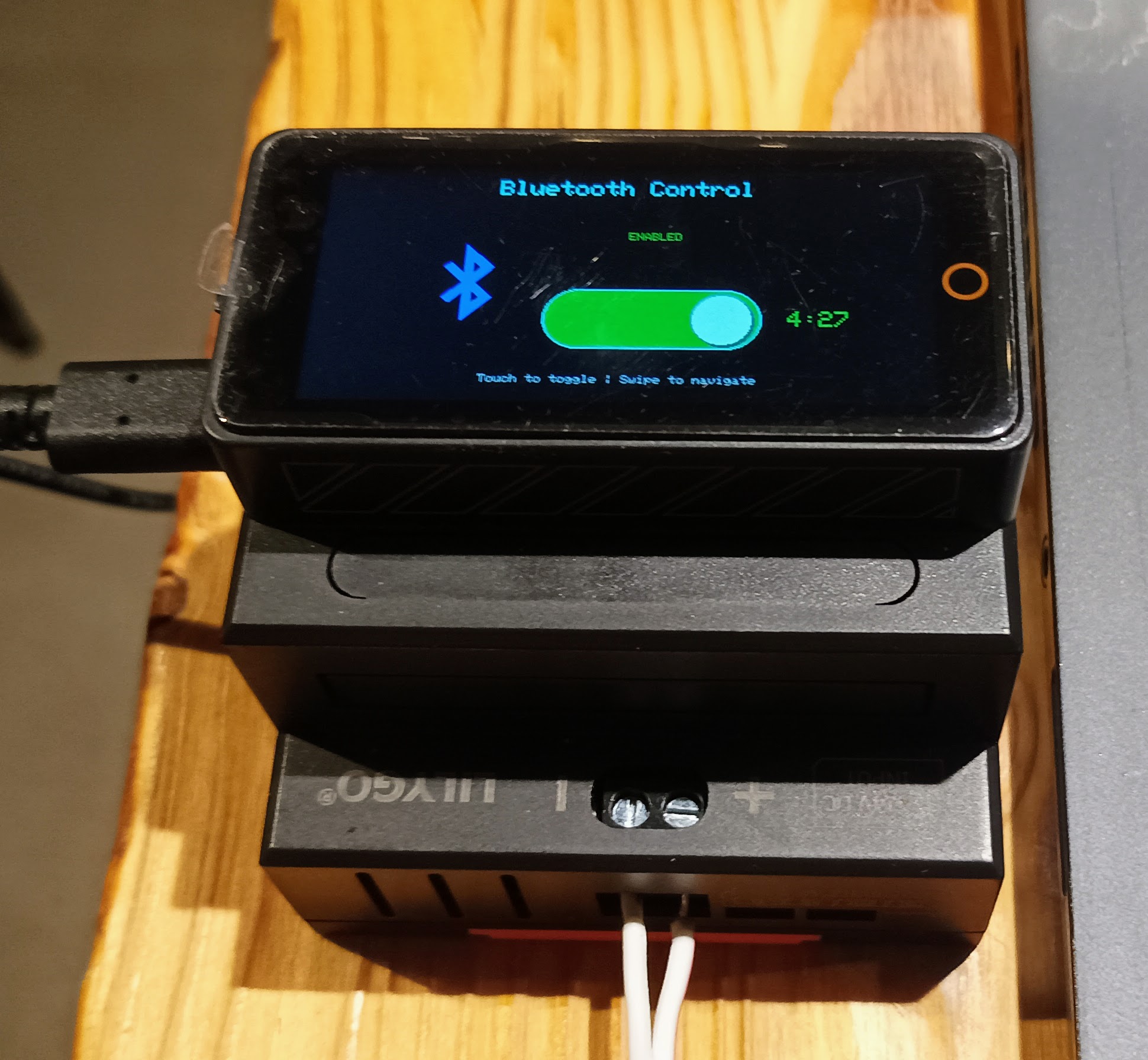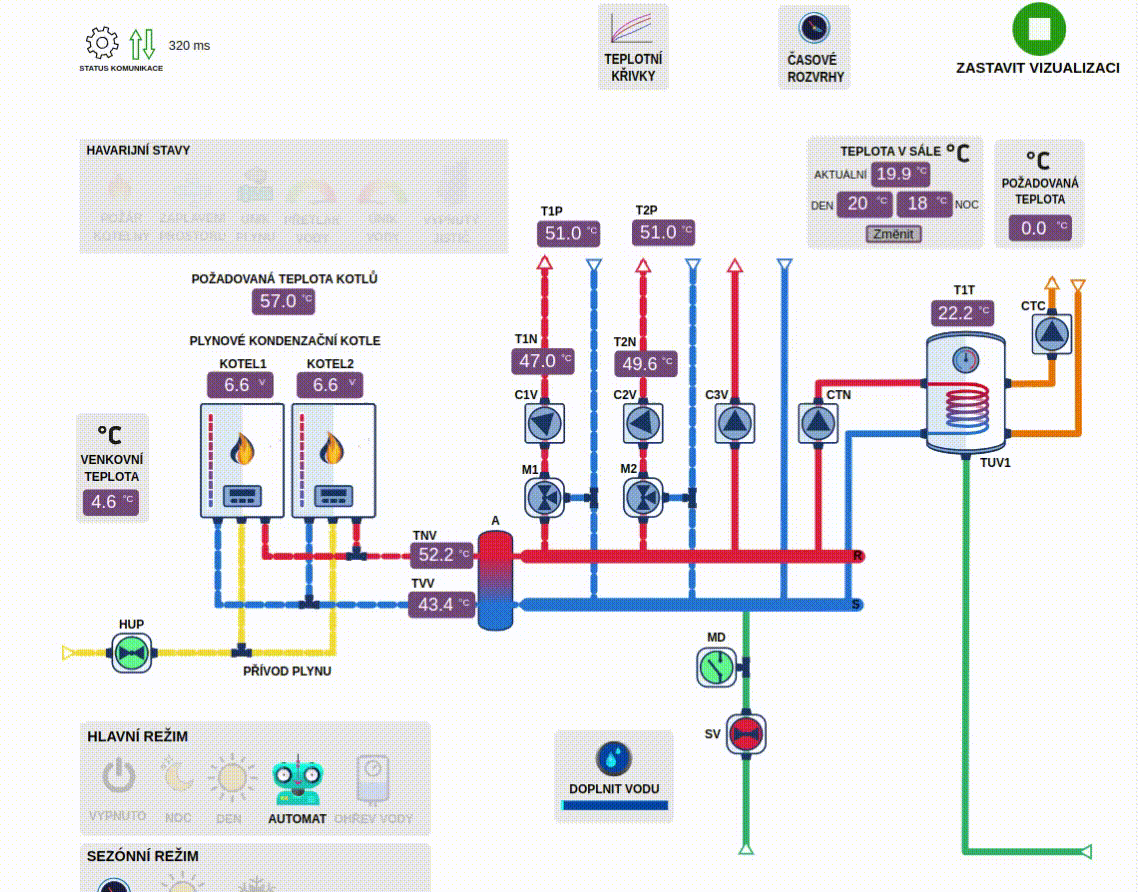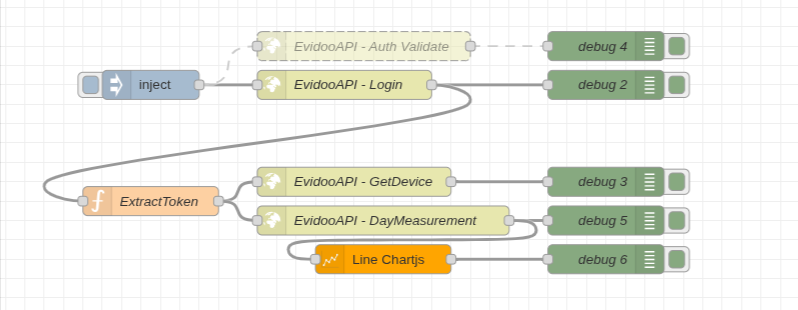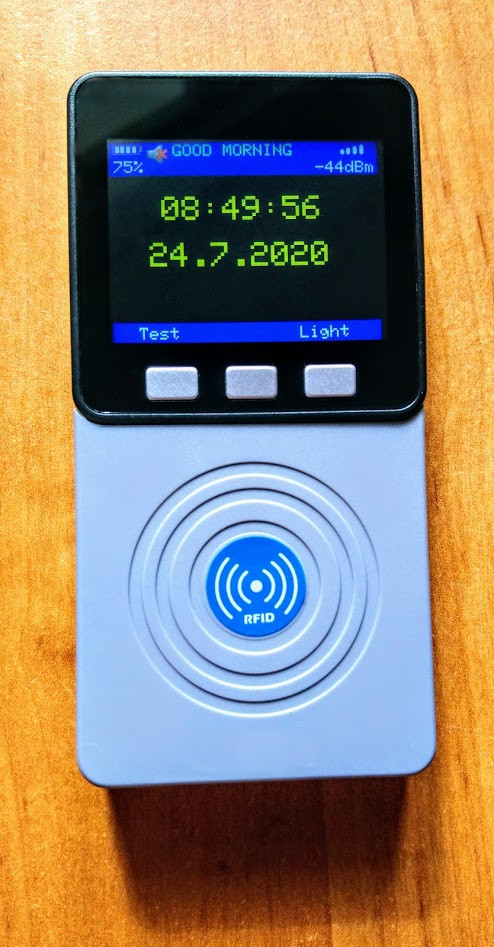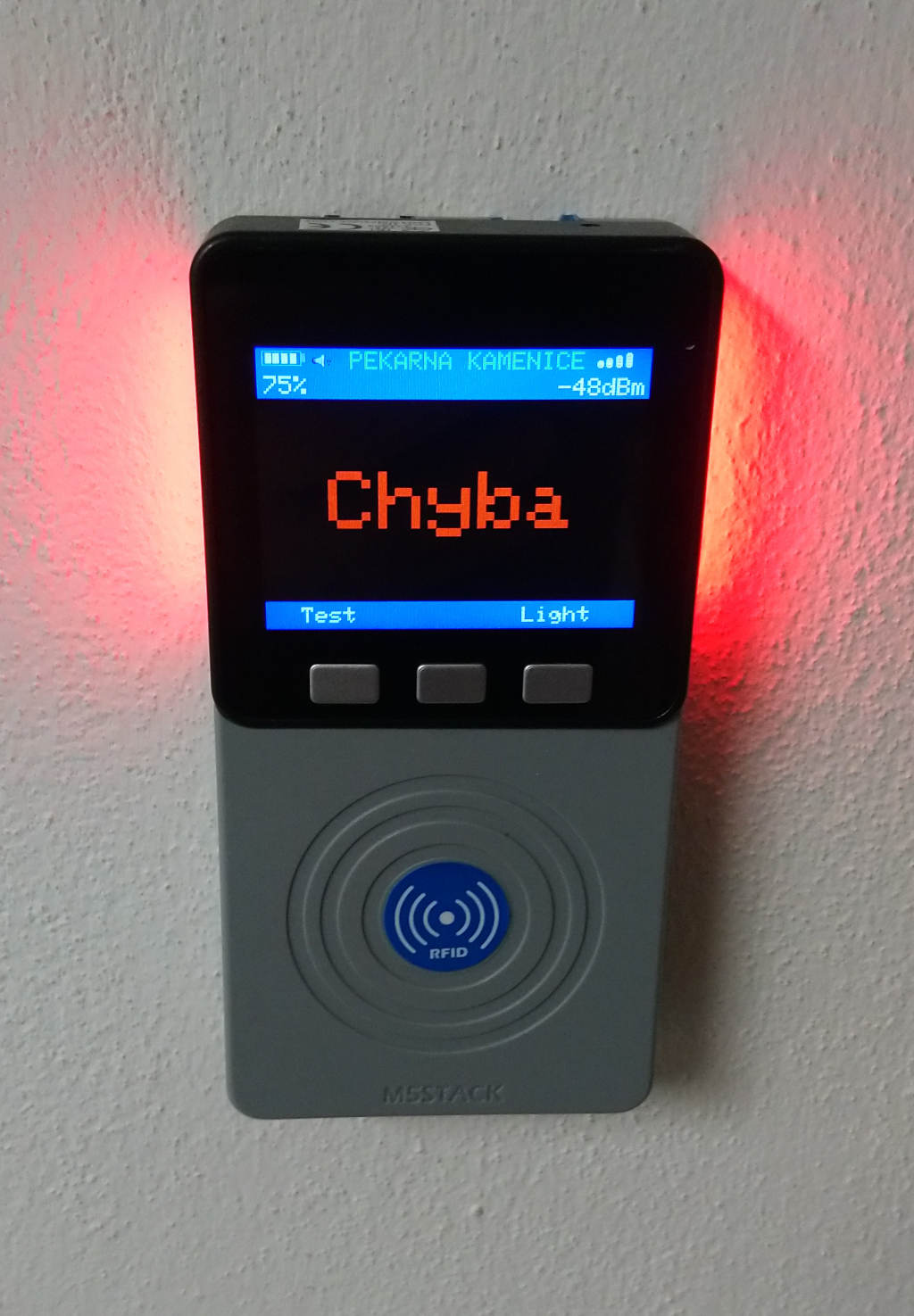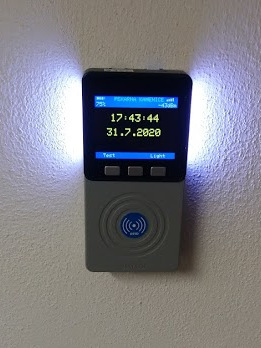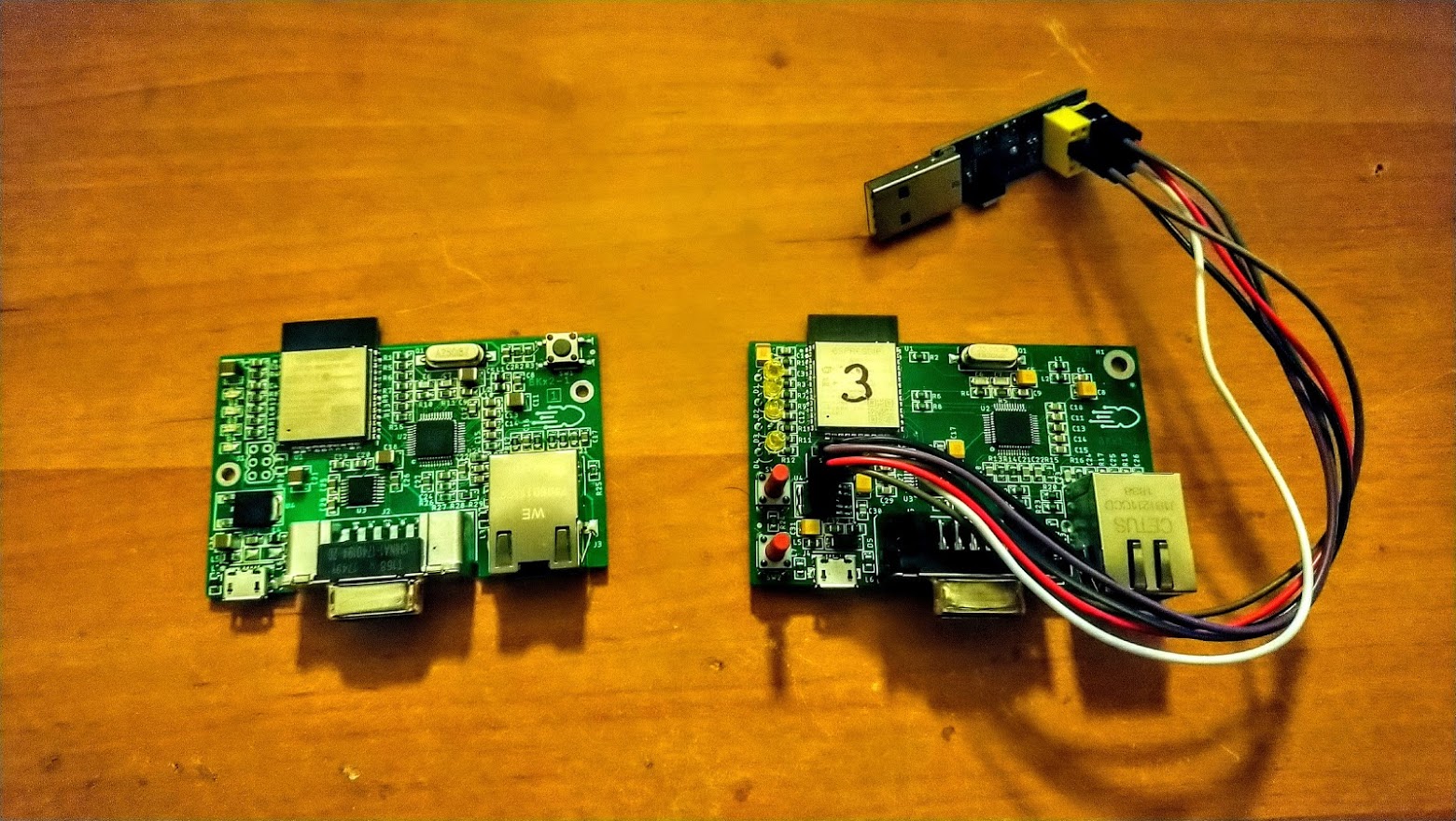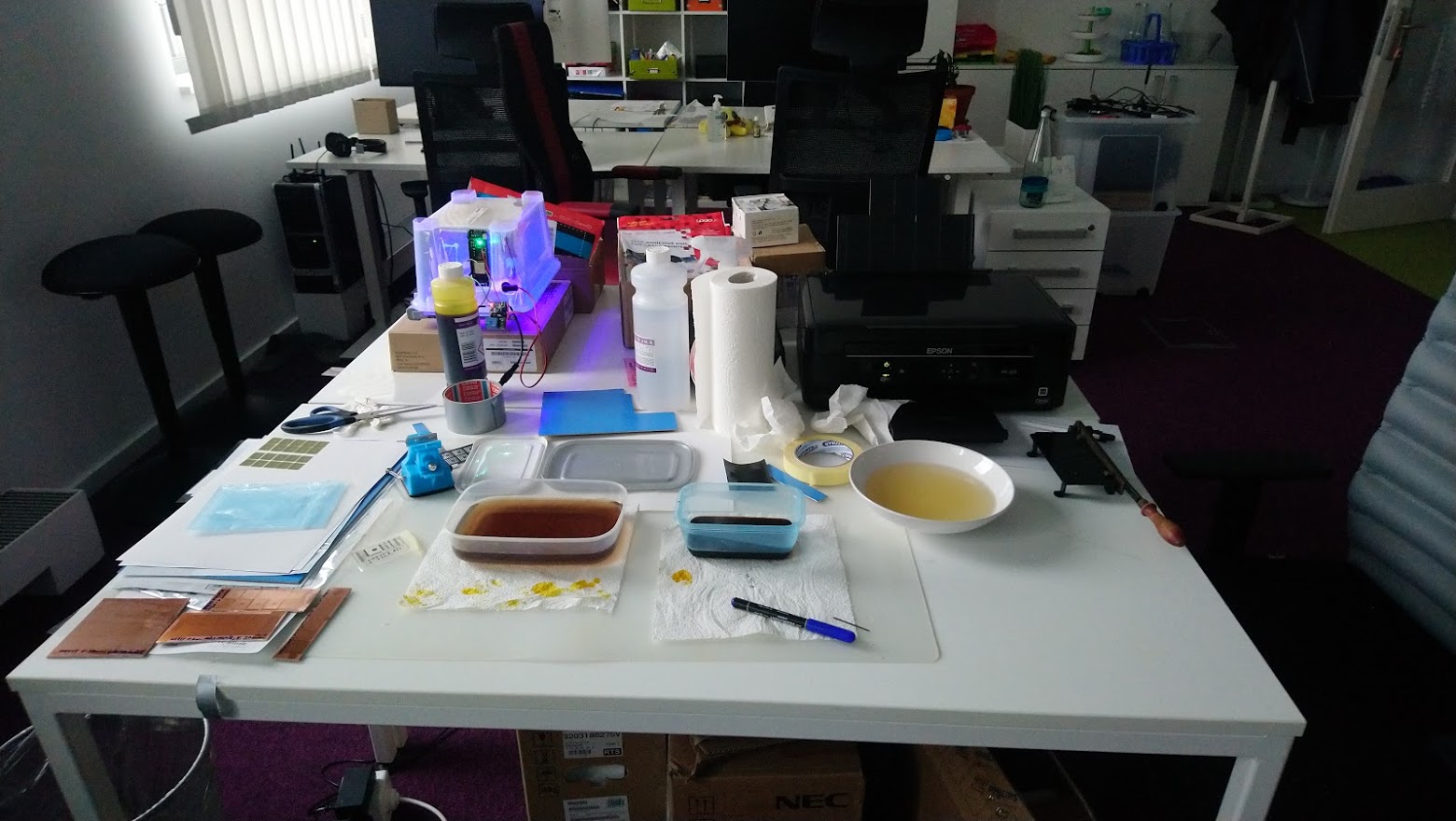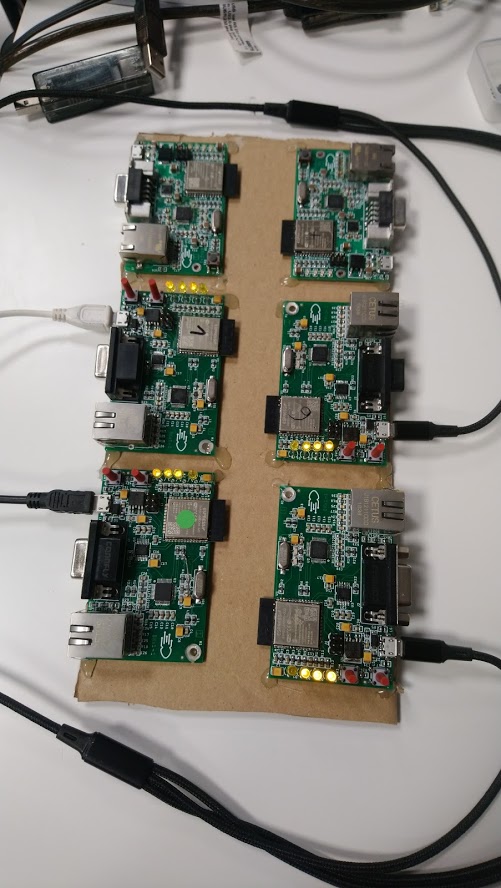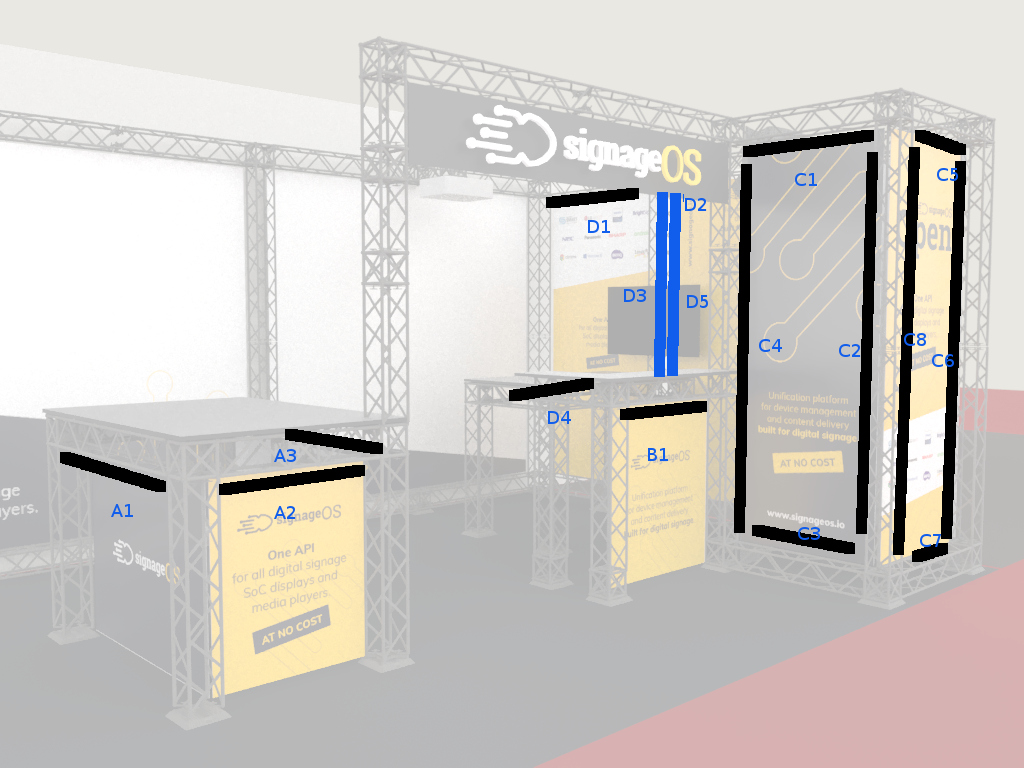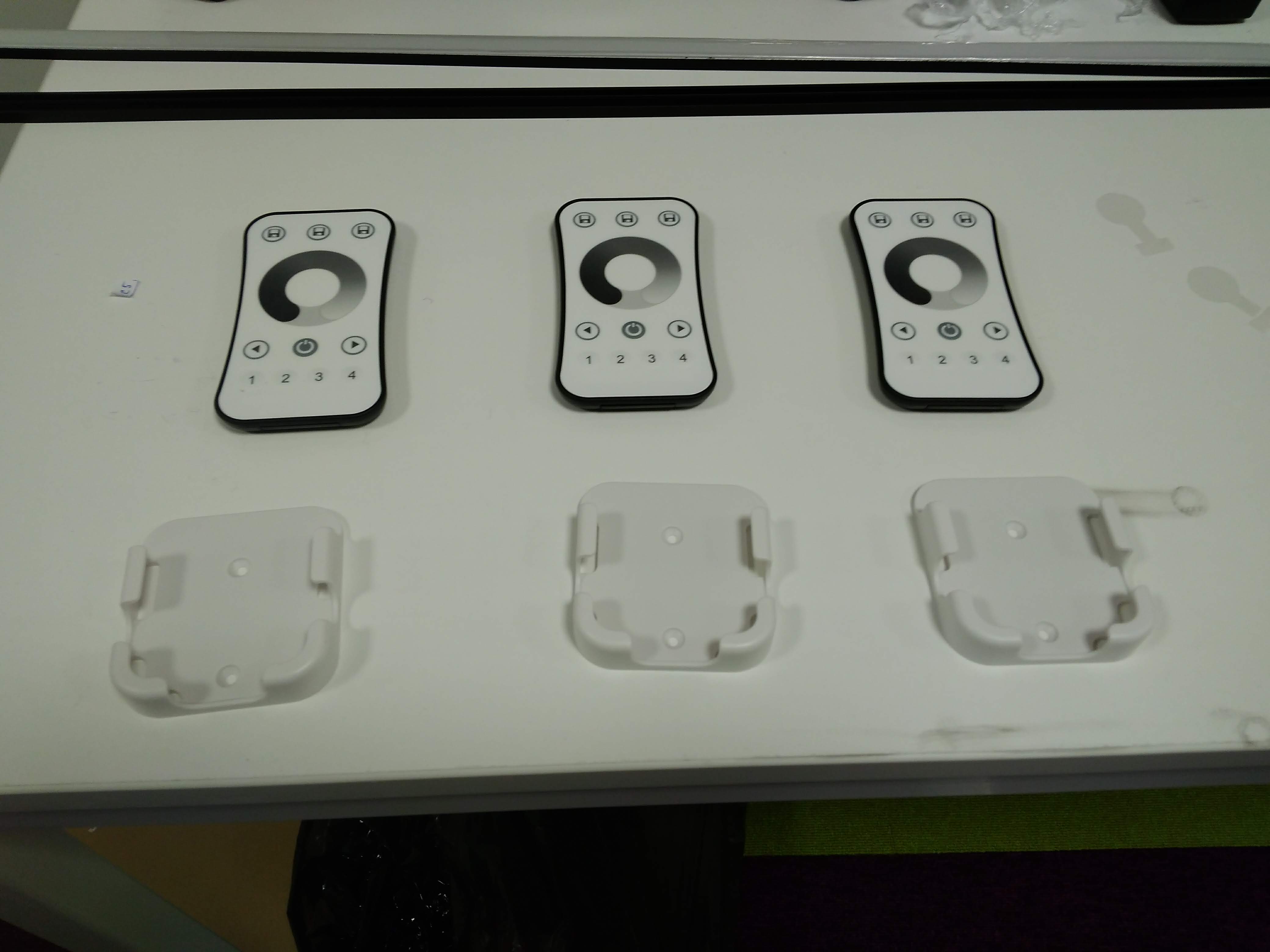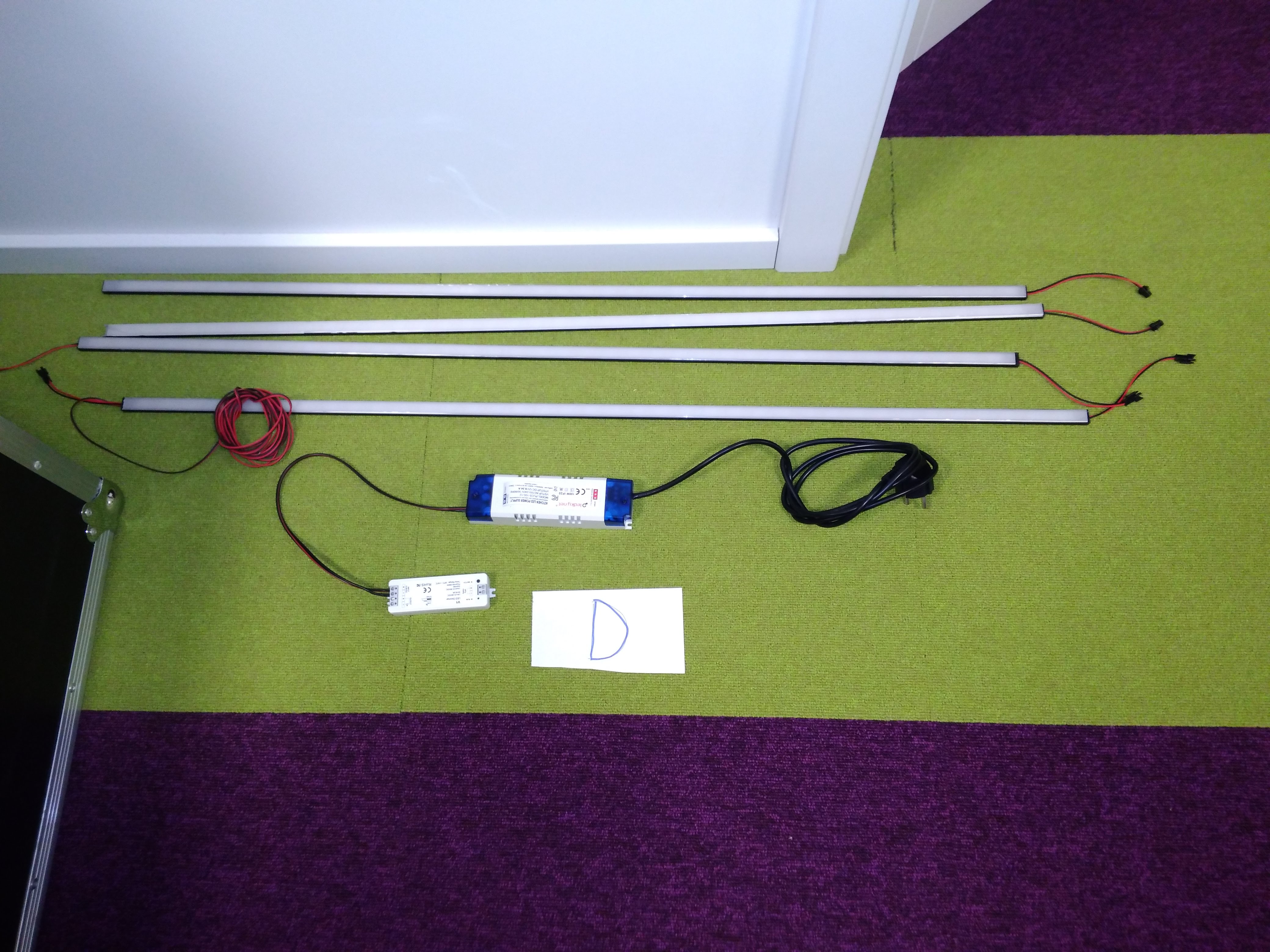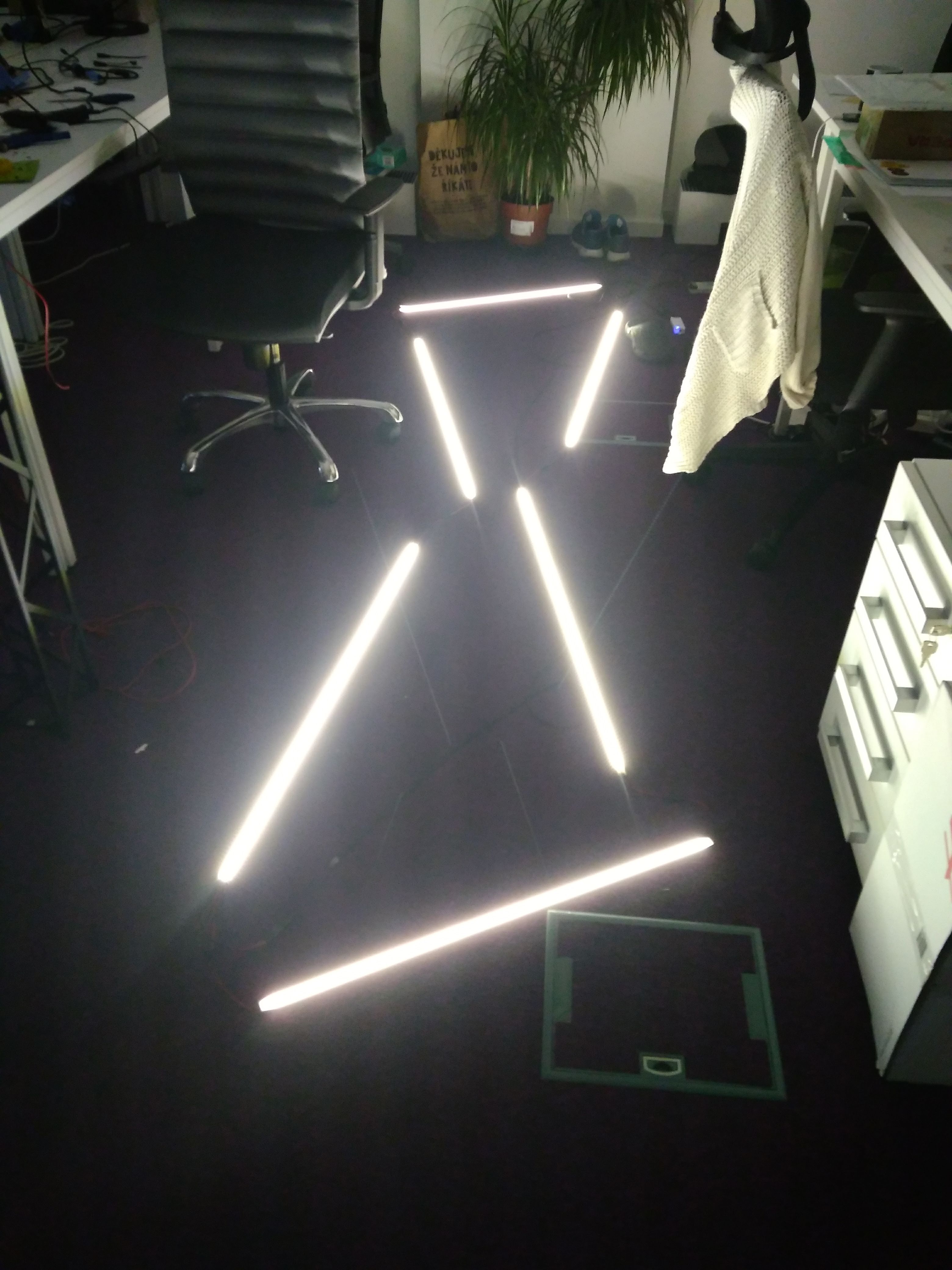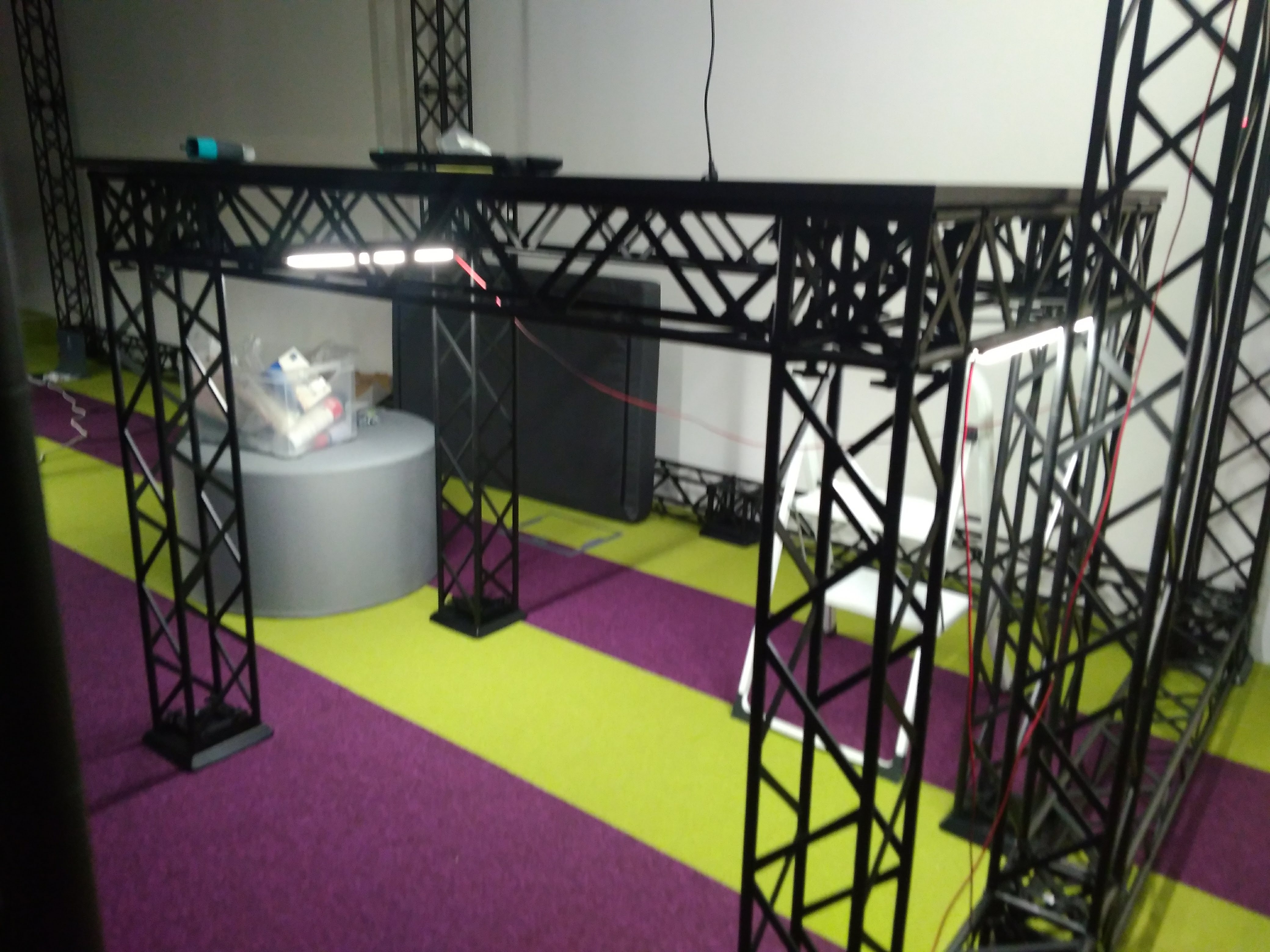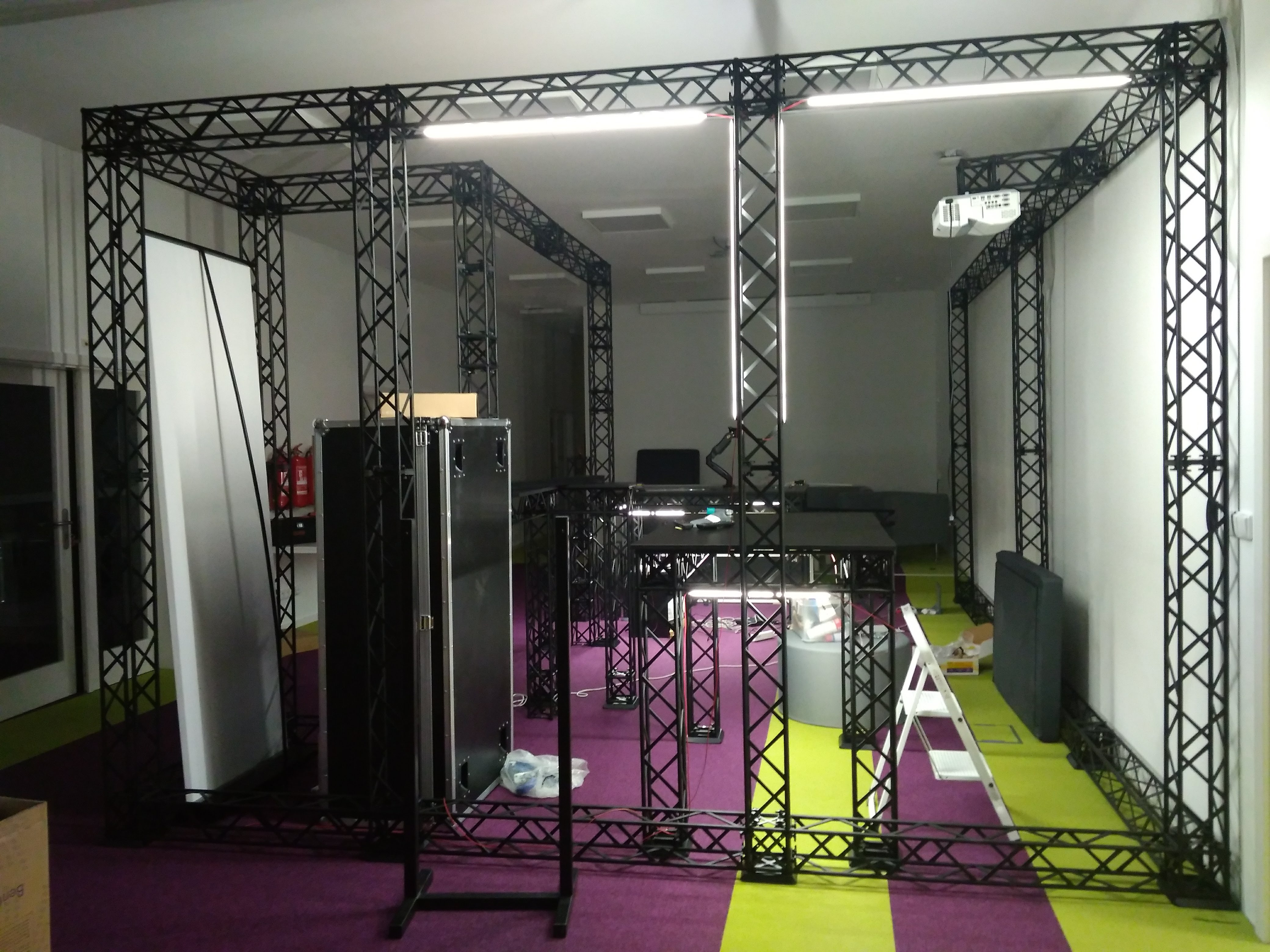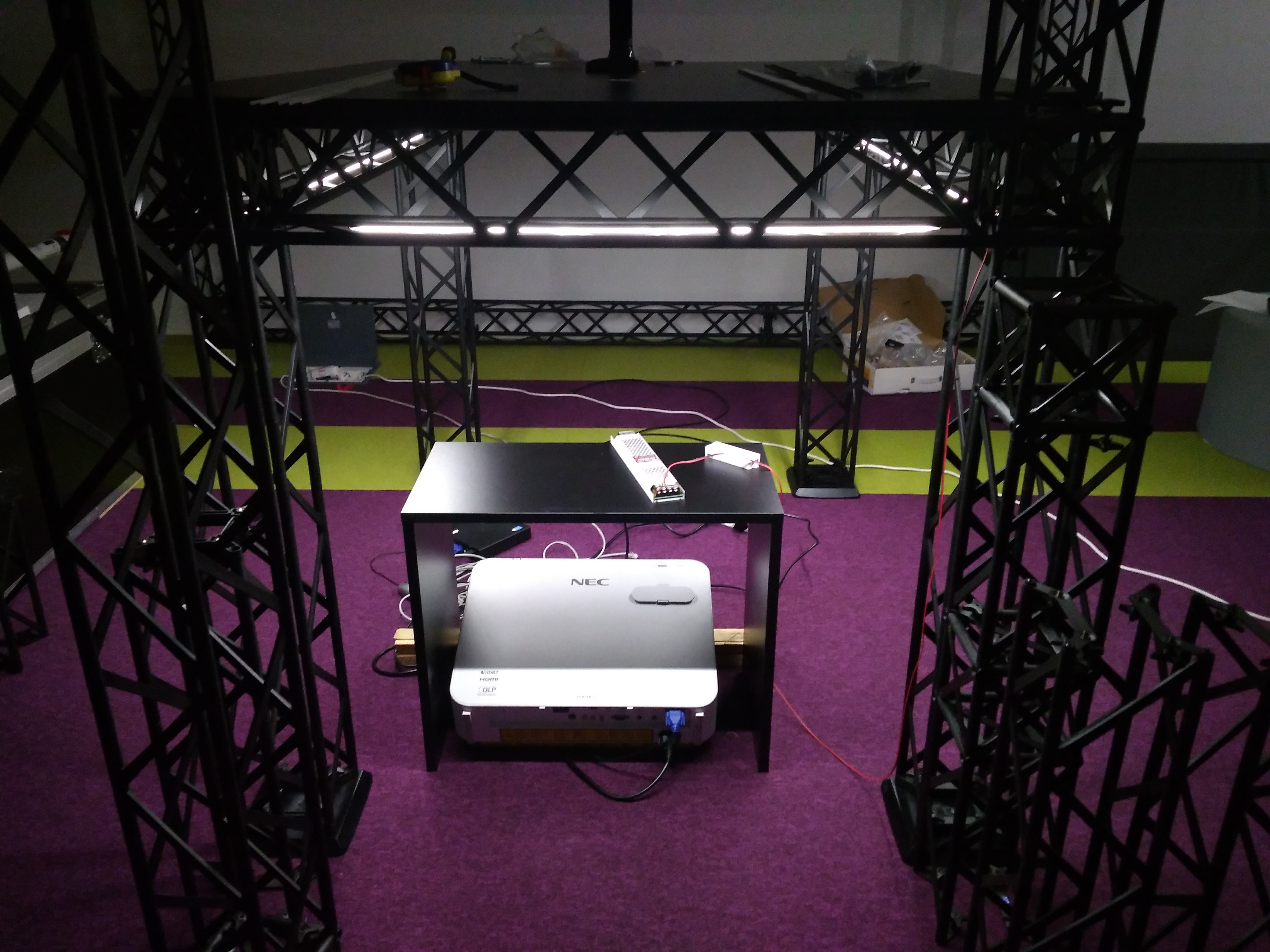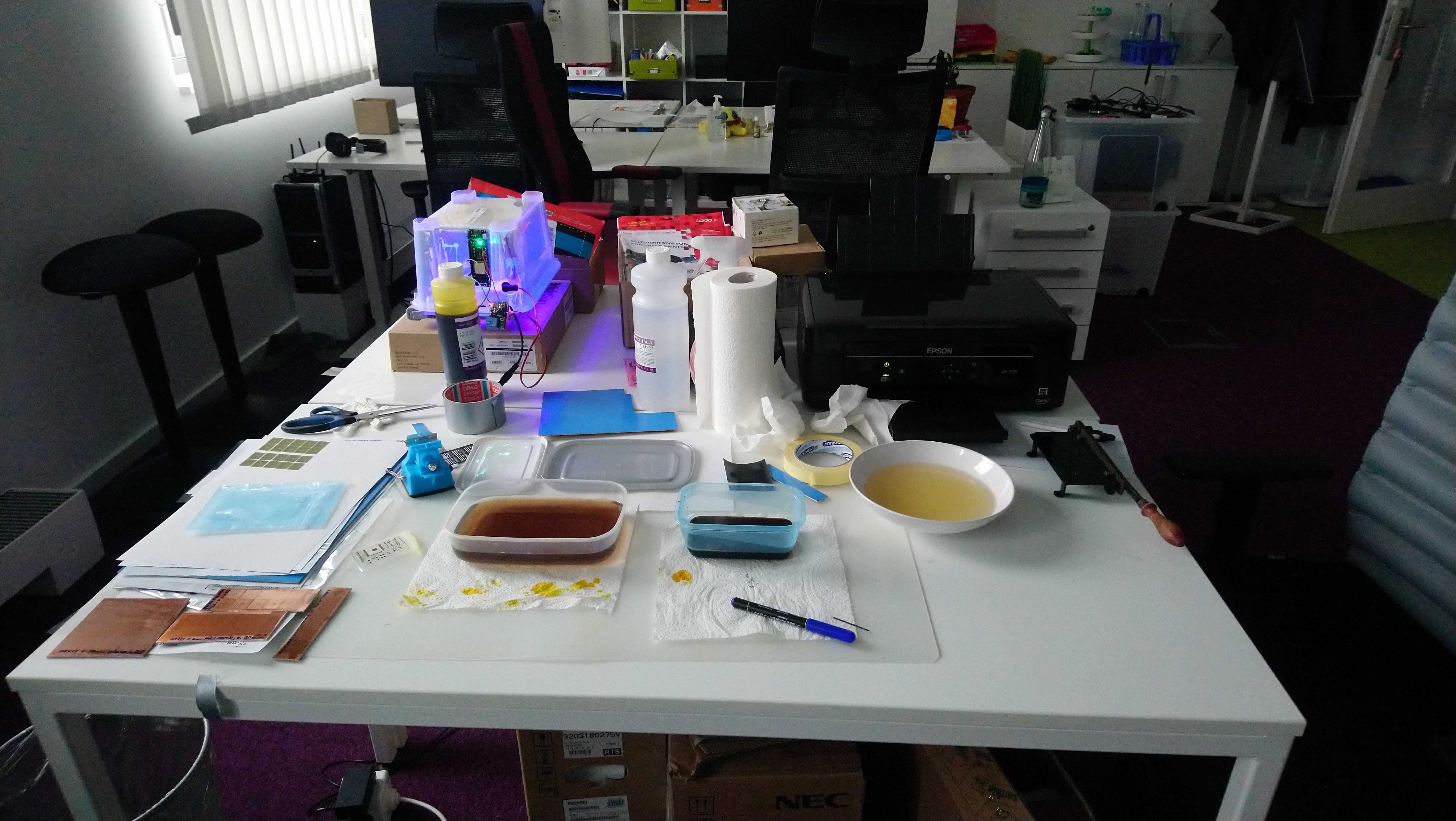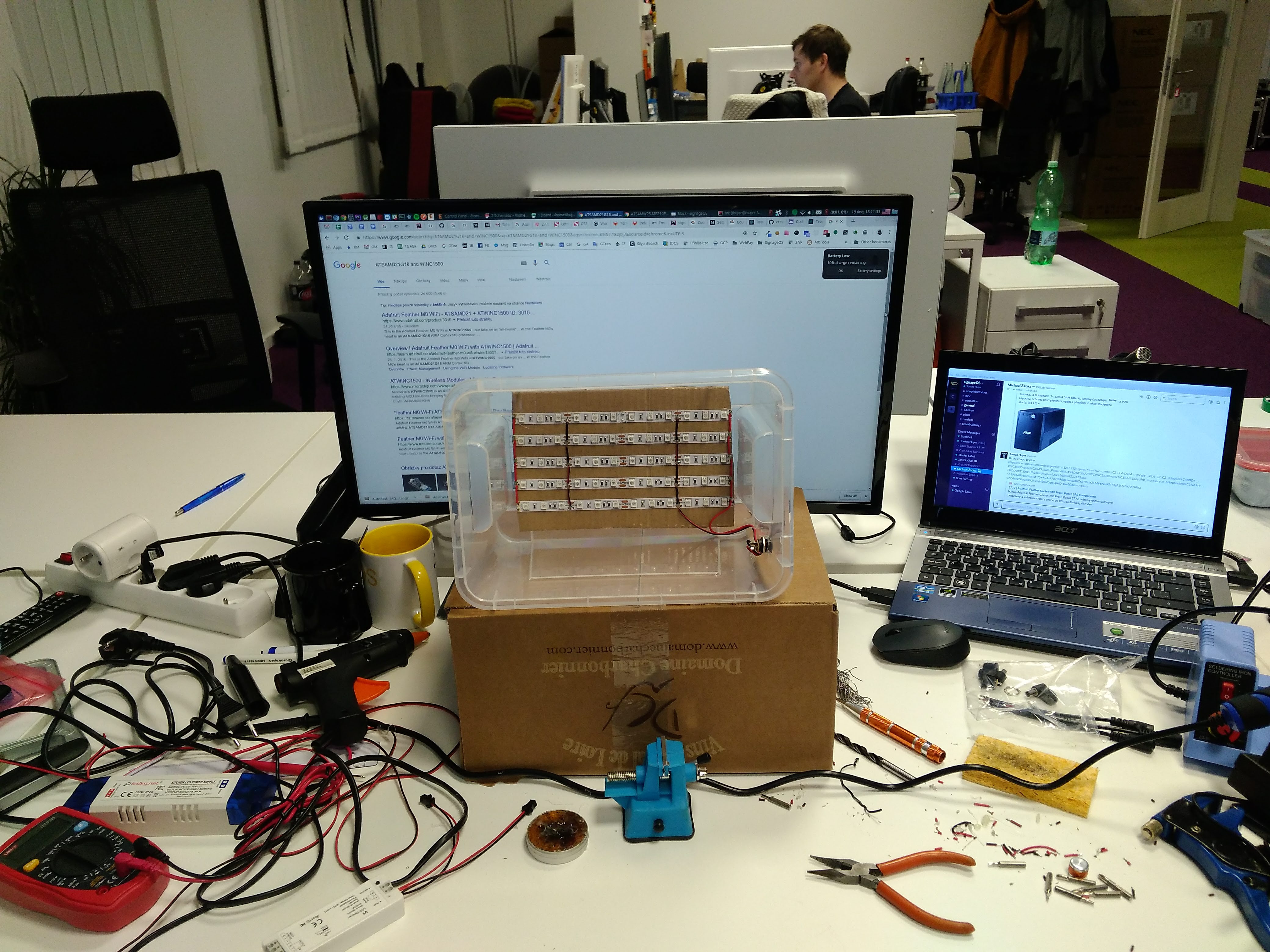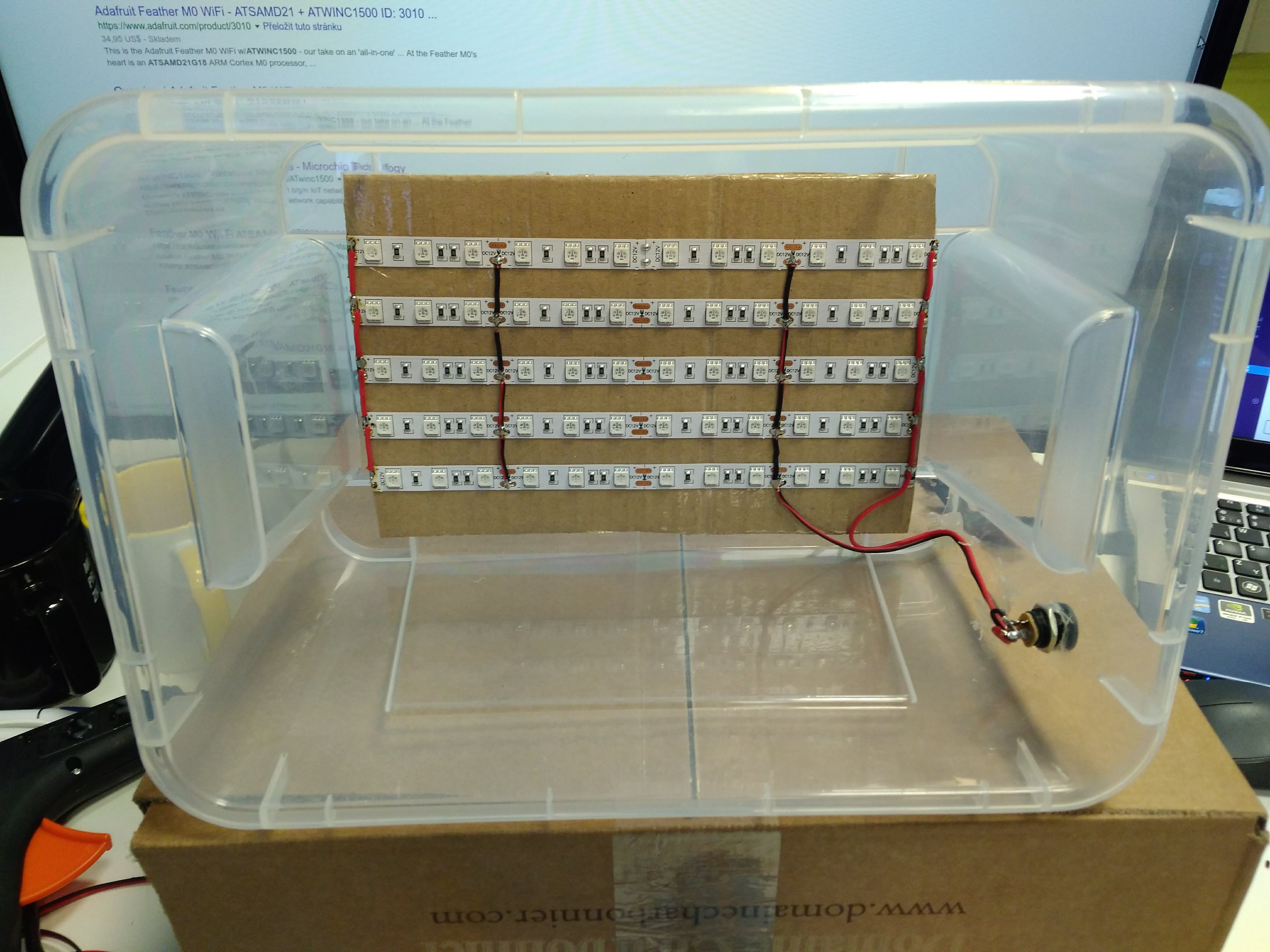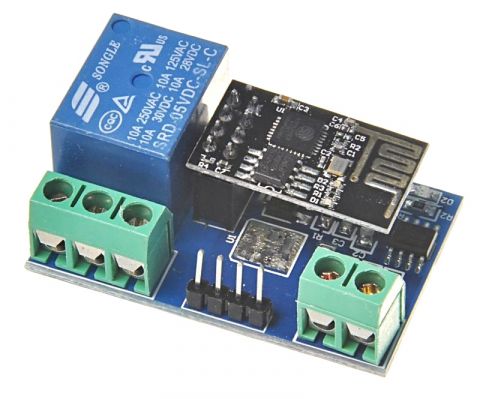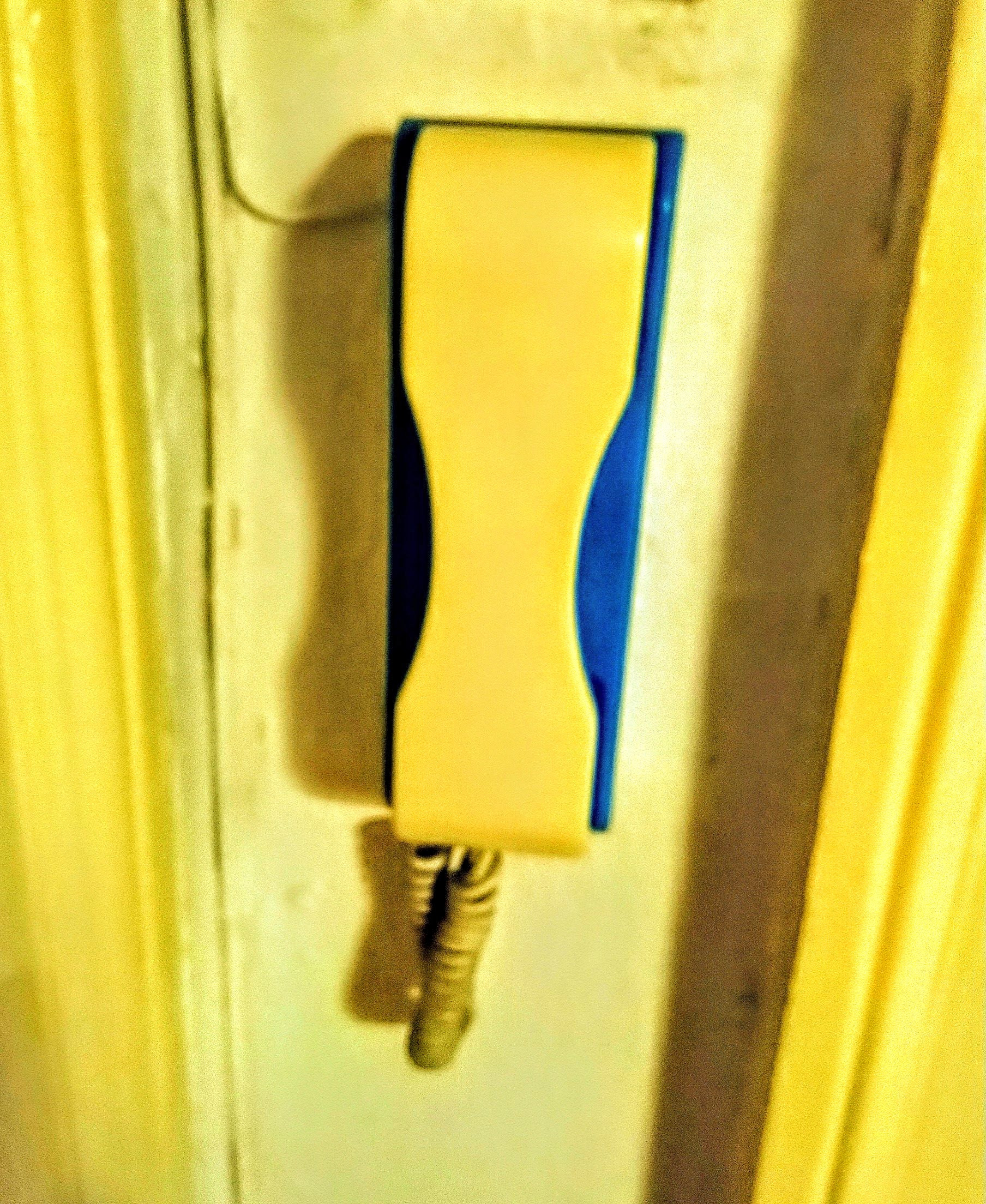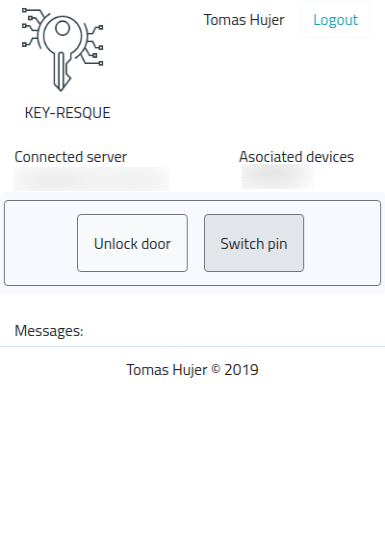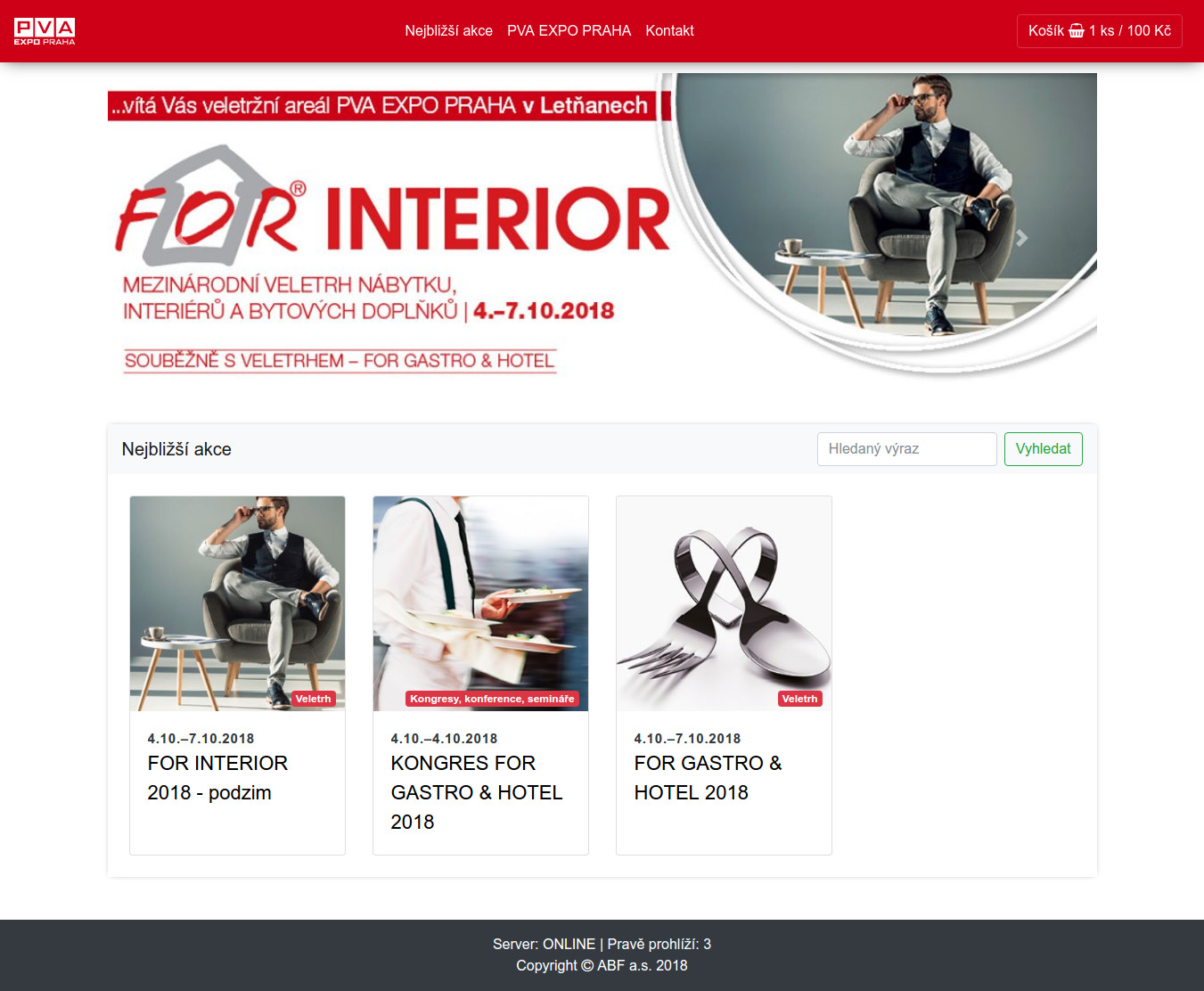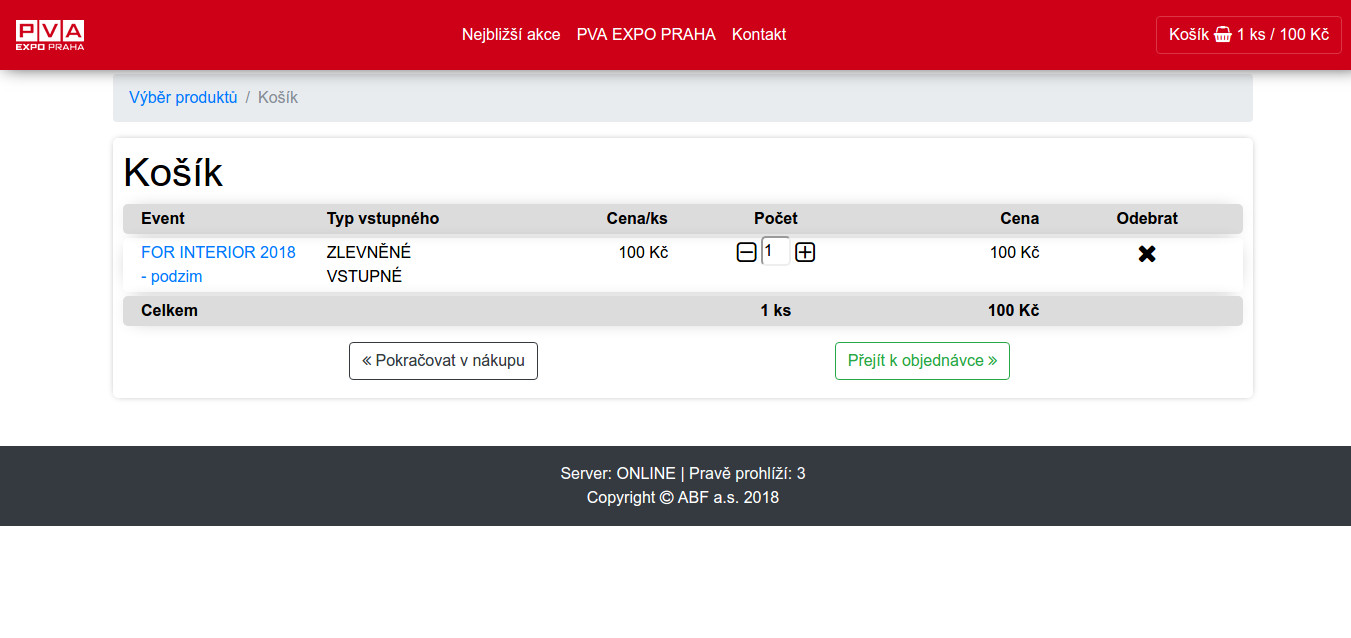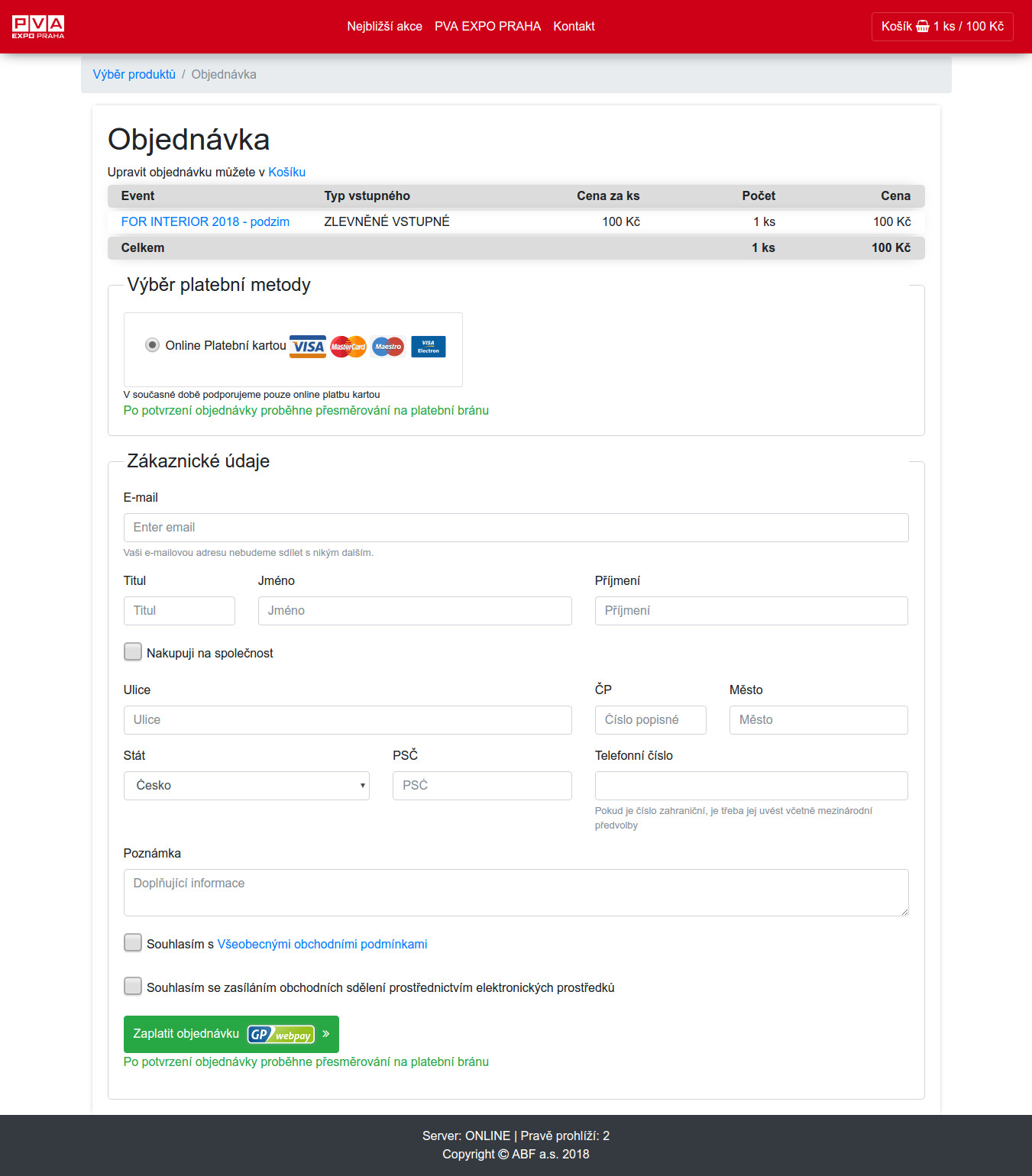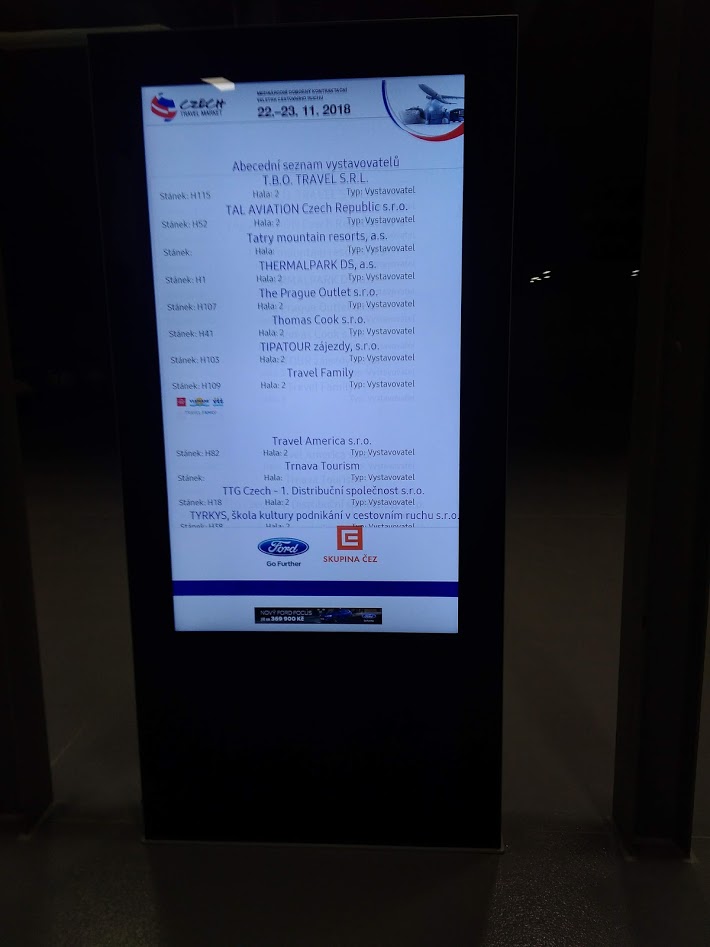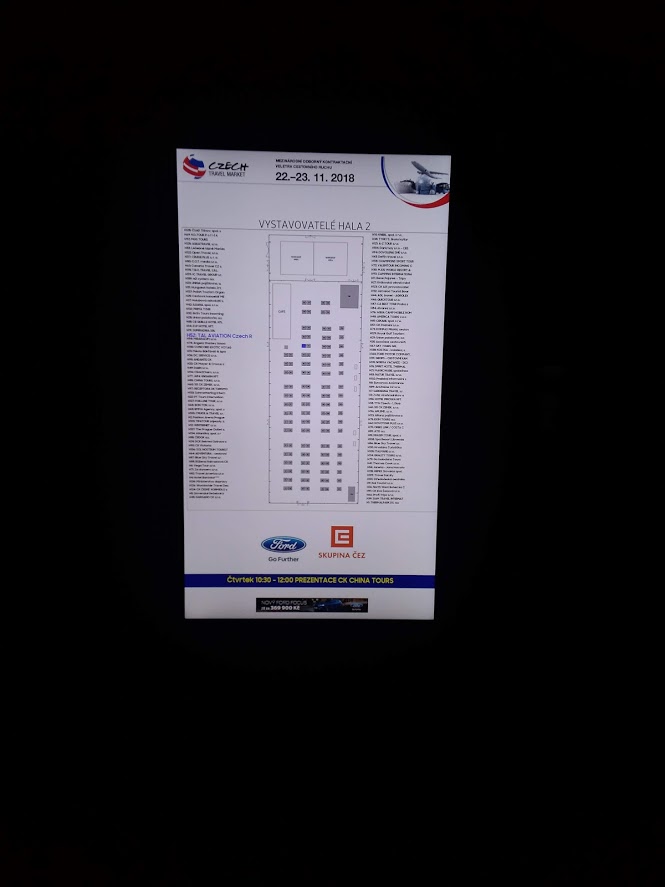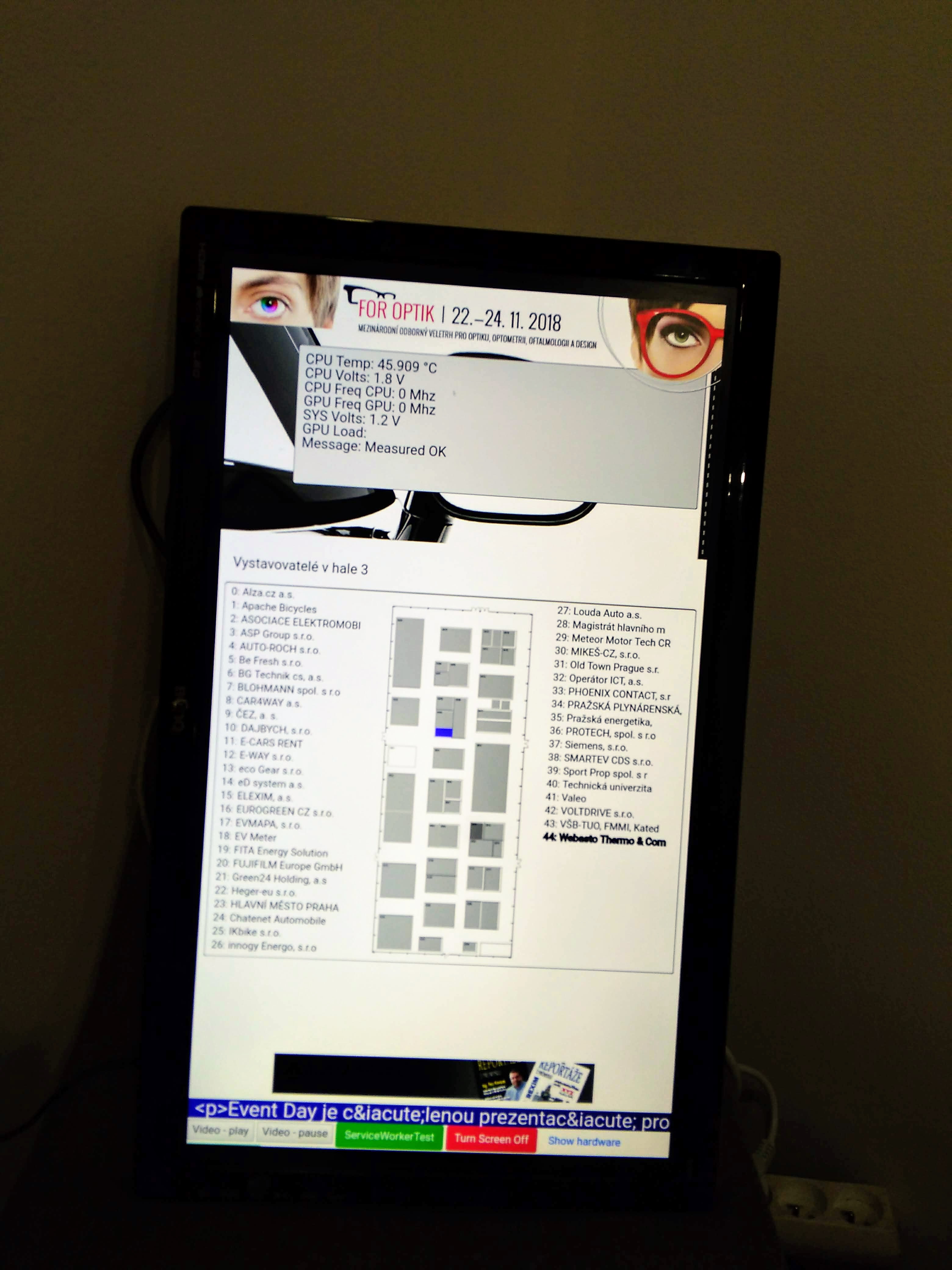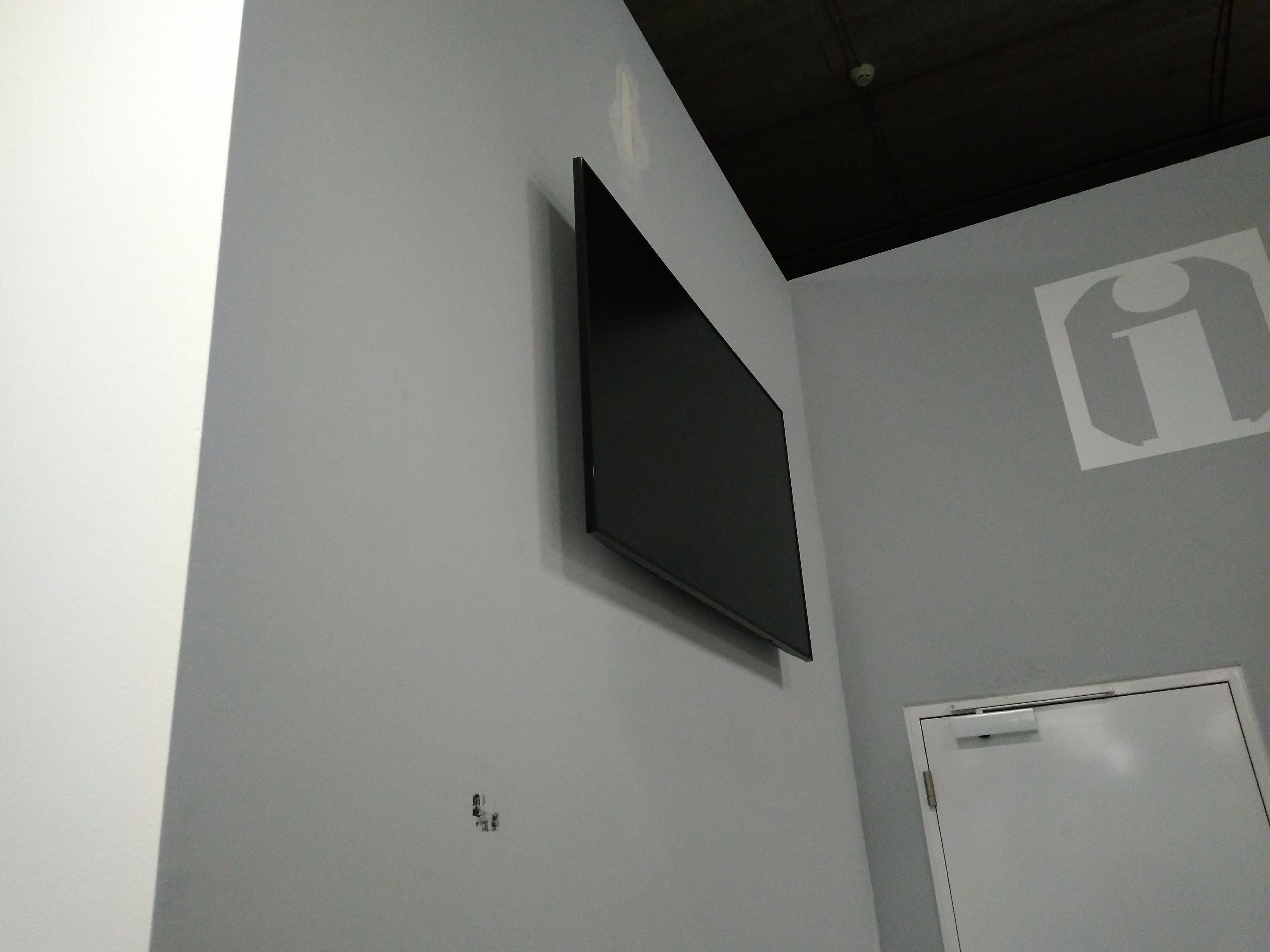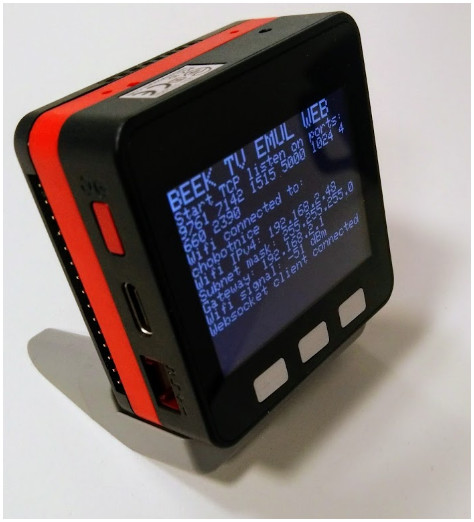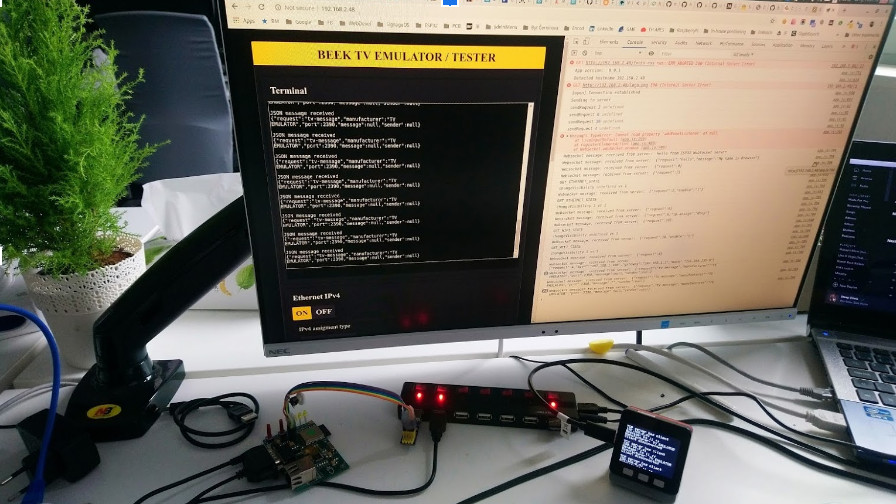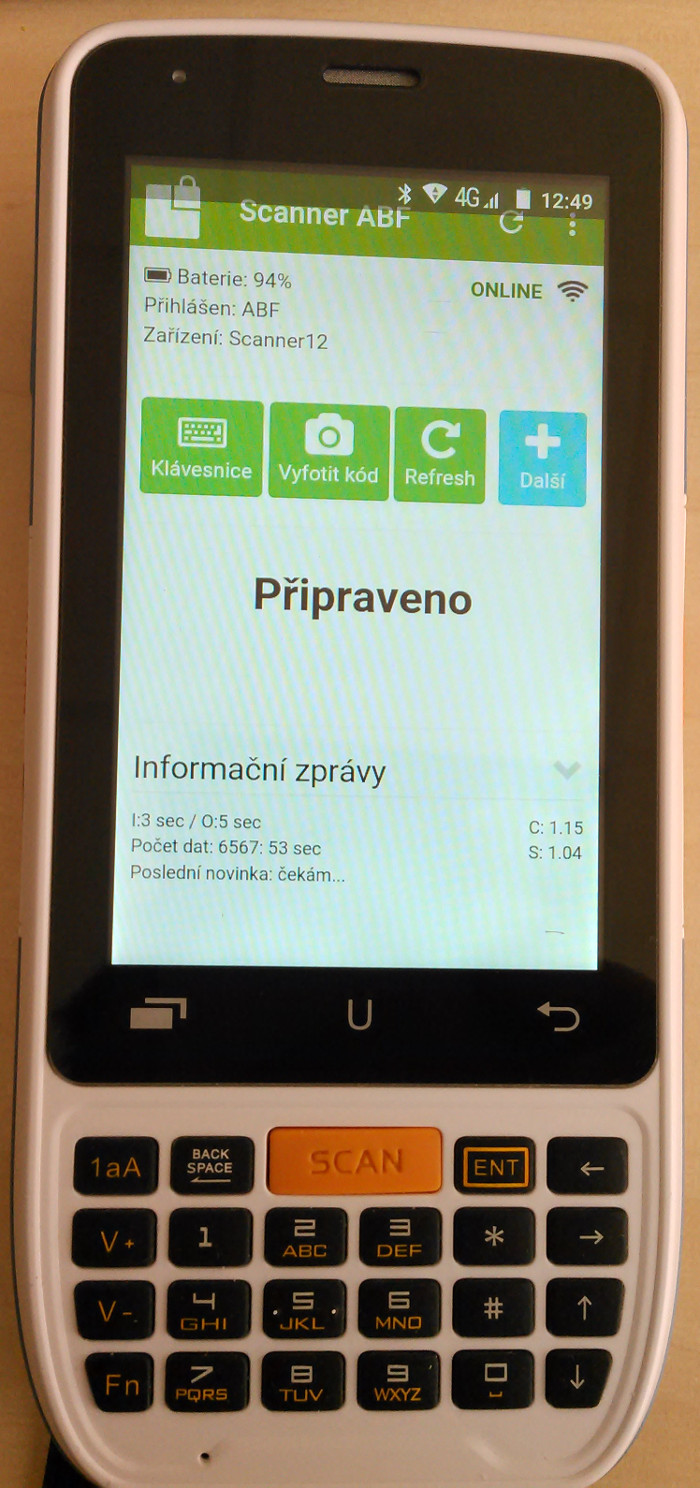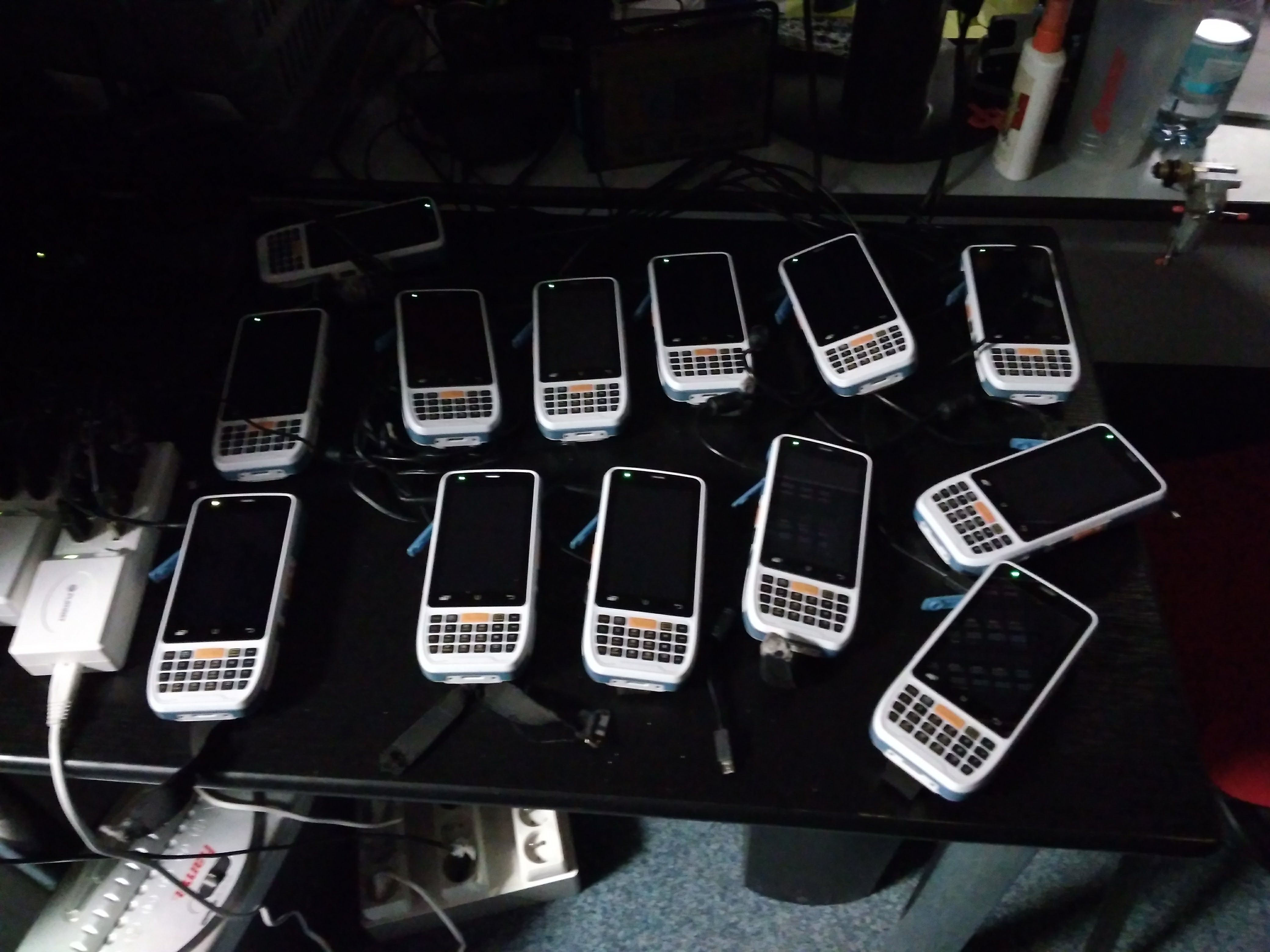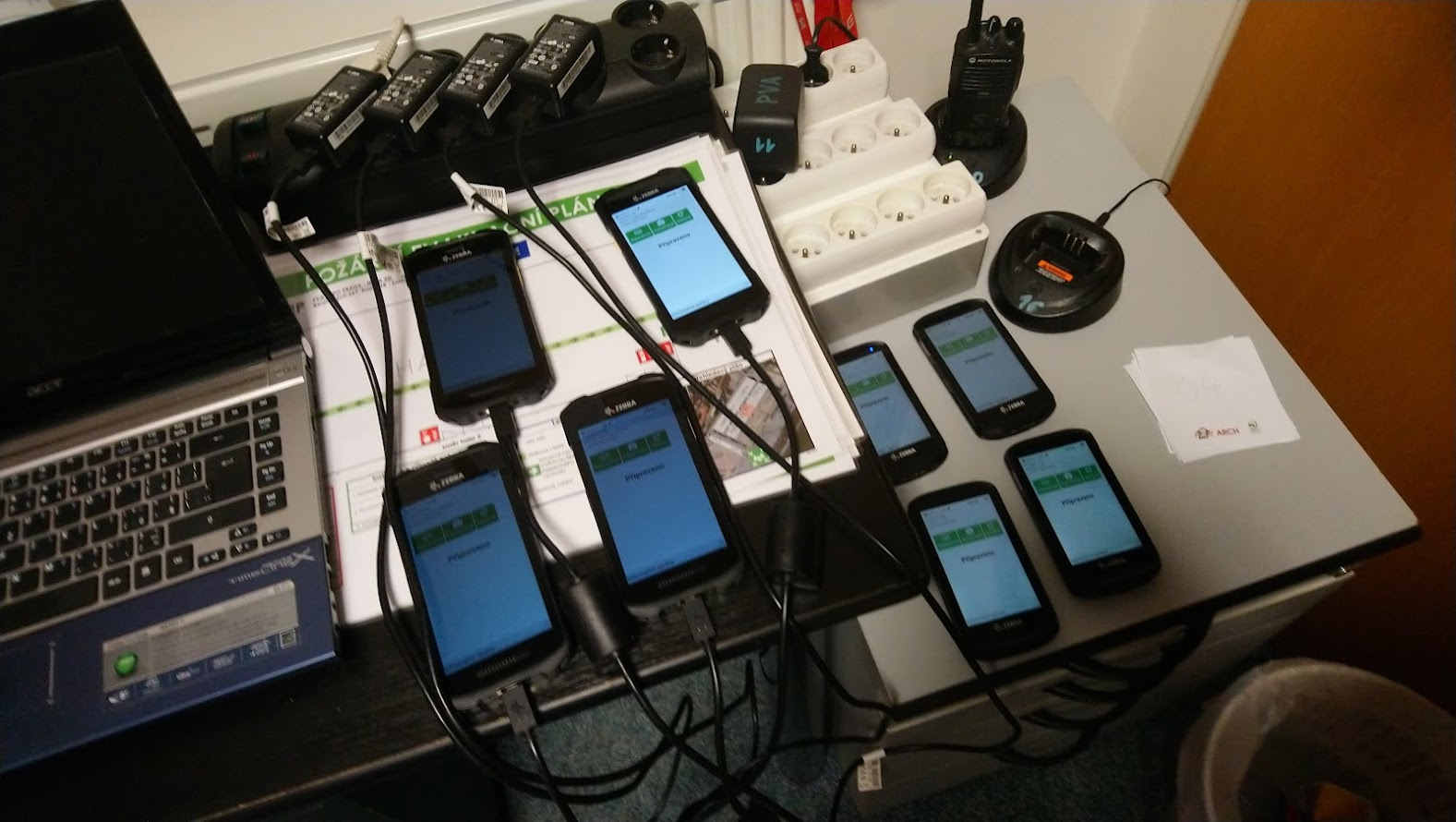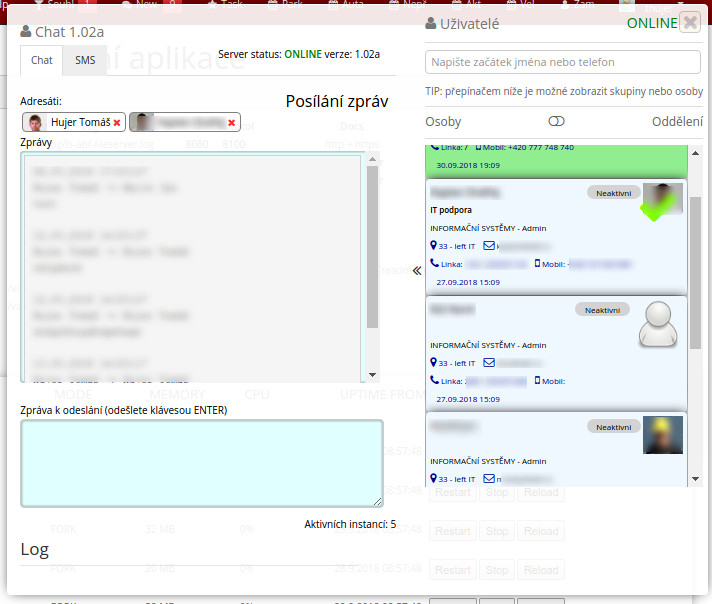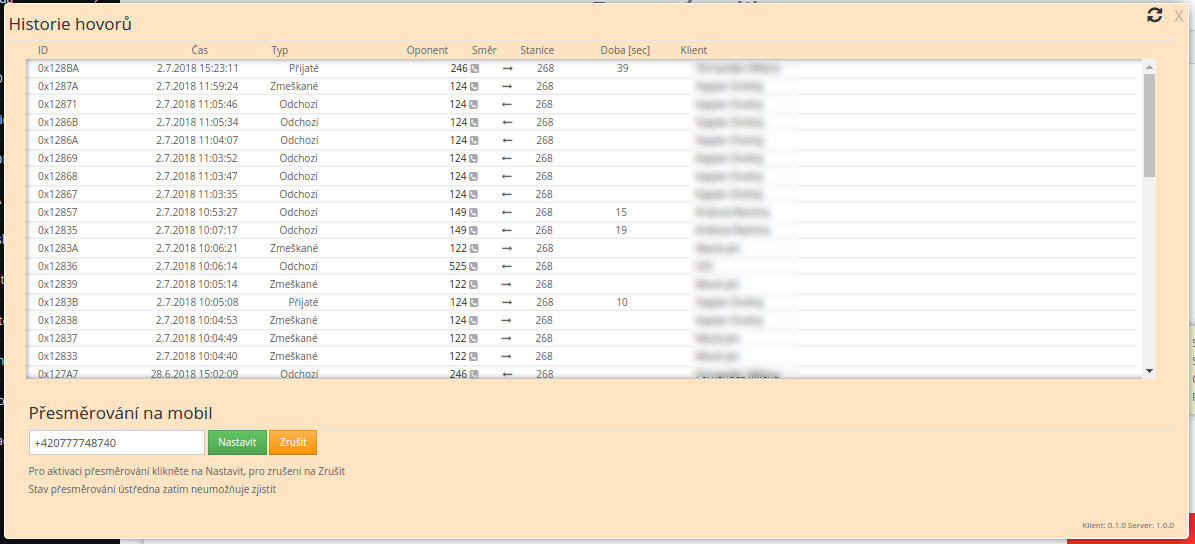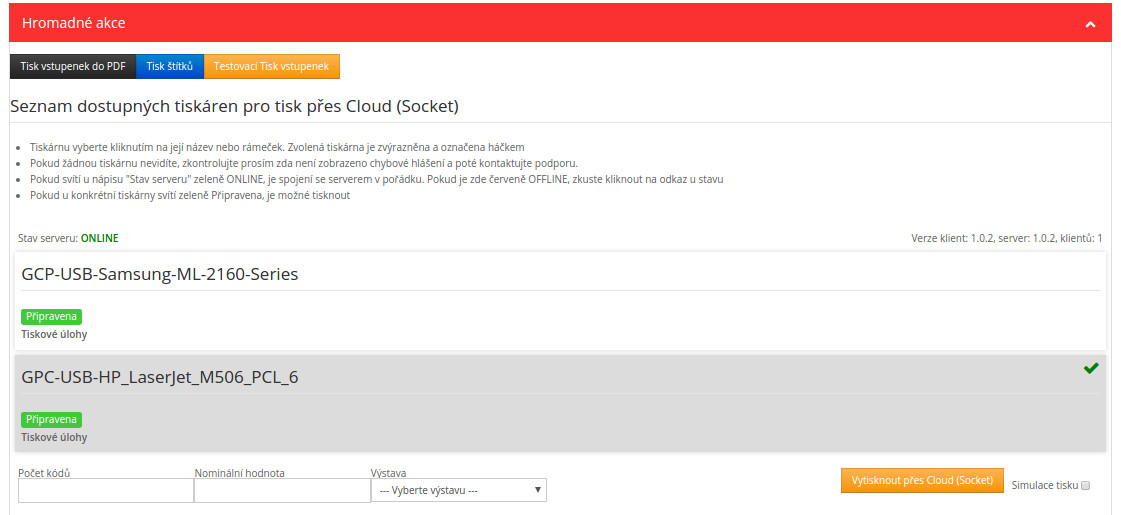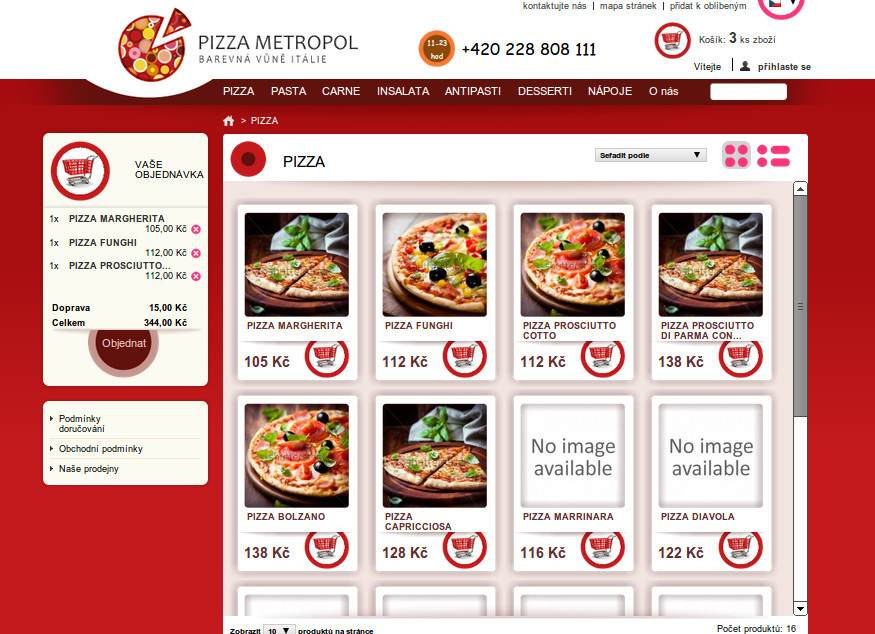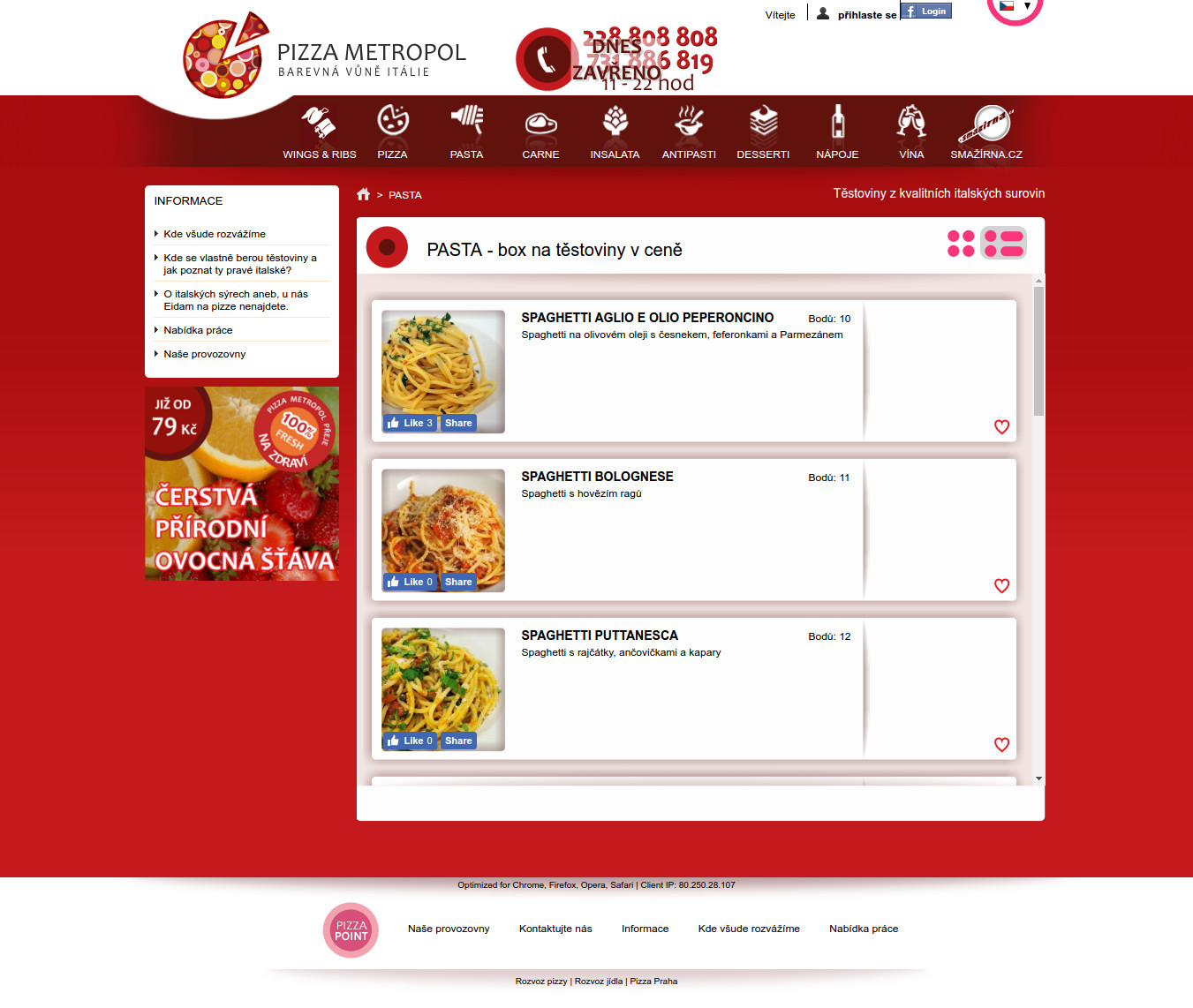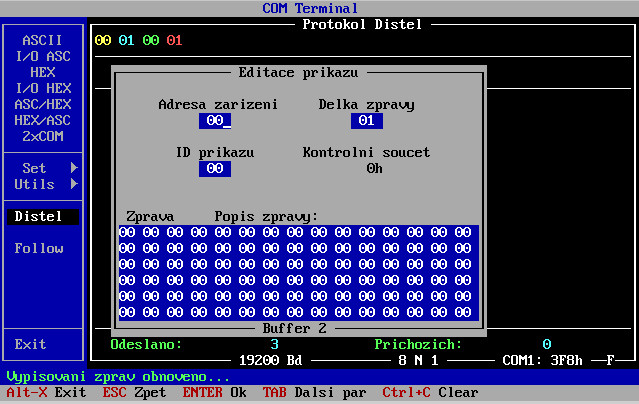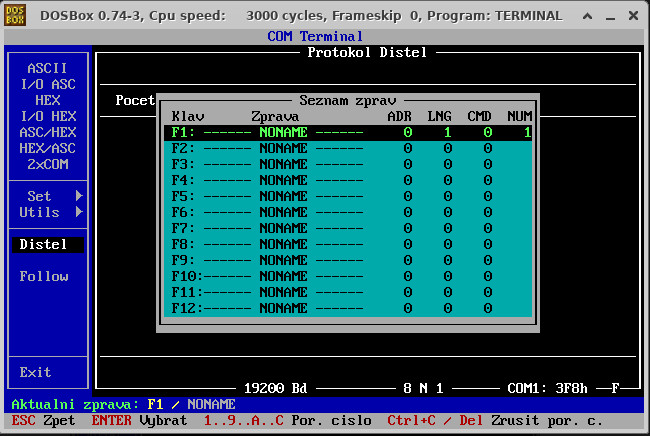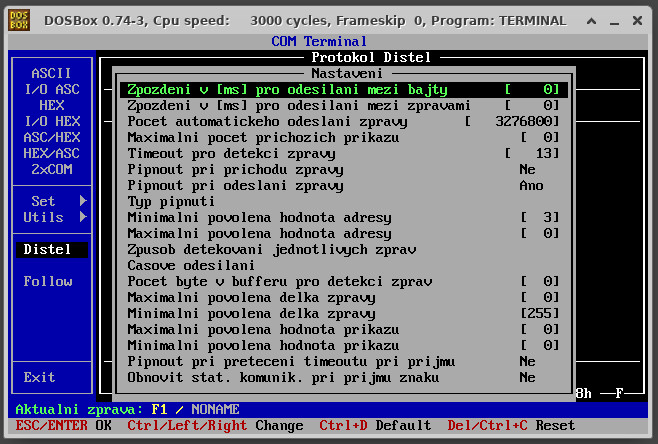
-
I connecting technologies, data and people
Web APP, Firmware, IoT, Embedded, Custom solutionsWeb Applications
I build web applications that connect data, hardware, and people. It’s not just about frontend or backend – it’s about the entire system, from the sensor all the way to visualization.
I use modern open technologies: Vue.js, Node.js, MQTT, MariaDB, InfluxDB, PWA. I prefer clean architecture, modular design, and interoperability
I approach every project with a focus on:
- technical reliability and data transparency
- real user value, not just a technological gimmick
- an intuitive interface
- a unified API across the web, backend, and embedded devices
I see web applications as living tools for process visualization and control, not as passive dashboards. Every component has its purpose and meaning.
Embedded & IoT development
I design and develop custom embedded systems and IoT devices – from initial architecture design to final firmware, cloud integration, and long-term device management. I focus on robust hardware, reliable communication, and secure real-time data processing.
I work with platforms like ESP32, M5Stack, Hardwario, and create both prototypes and fully production-ready devices. Solutions also include sensors, M-Bus, RS-485, Ethernet modules, NB-IoT, appliance control, and over-the-air (OTA) updates.
I design every device with a focus on:
- low power consumption and stable operation in demanding conditions
- secure communication via MQTT, HTTP/S, NB-IoT, or M-Bus
- seamless integration with cloud and web applications
- remote firmware deployment (OTA) and device diagnostics
I see embedded systems as active elements of the entire ecosystem – not just as endpoints, but as intelligent nodes with their own logic and autonomous decision-making capabilities.
Prototyping, Inovations
I see prototyping as a key part of development. It allows for quick validation of technical possibilities, identification of weaknesses, and deciding whether a project makes sense to move into production.
I design and implement functional prototypes of embedded and IoT devices — from electronic schematics, through firmware and communication, to backend integration and data visualization.
I focus on:
- design and validation of electronics for real-world use
- firmware development with emphasis on reliability and low power consumption
- communication testing (MQTT, M-Bus, Modbus, Ethernet, NB-IoT, WiFi)
- measurement and analysis of operational parameters
- rapid iteration and concept validation in practice
The goal is to create technically clean, stable, and long-term sustainable solutions. Innovation means finding an efficient and functional path — not unnecessary experiments, but a well-justified and validated process from idea to product.
-
Curriculum vitæ
Professional resume -
DevStack
Tool base
Embedded development
MCU, SoCs, DevKits
Buses, interfaces- UART, 485, SPI, I2C, 1 wire
- SWD
- JTAG
- HAPI (own bus concept)
PCB design
Web frontend
Containers
Graphic -
Tech-BIO
My way through technologies
Since childhood, I’ve been fascinated by how things work – I used to take apart old appliances, harvest components, and try to understand what was happening behind the blinking lights.
The era of 8-bit computers and noisy game loading sounds pulled me from playing into exploring – analyzing code, tweaking, and eventually developing my own. I gradually grew closer to electronics and programming, from Assembler and Basic through Pascal and C++ to web applications.
From a tinkerer, I grew into a developer. I experienced the DOS and Windows era, worked on Xilinx/Microblaze platforms, and finally found my place in the embedded world – under Linux and in open source.
In recent years, I’ve been focused mainly on web applications combined with embedded and IoT platforms. I build systems that collect data, observe environments, and alert when silence becomes suspicious.
VisualReg is a project close to my heart – created as a response to the chaos of monitoring breakdowns and consumption in real time. It was born from the need to see things before they fail – and from a desire to create technology that’s calm, clear, reliable, and speaks up when it really matters. Not just for technicians – but for anyone who wants to stay in control.
I run my own VPS where I host personal projects, but also projects for communities, musicians, tinkerers, and friends. I love learning, discovering new directions, and debunking the myth of “it can’t be done.”
And if you’d like to create something together, share ideas, or just chat about what’s possible – get in touch. After all, technology is mostly about people.
-
PROJECTS
Projects examplesContent list
Smart Embedded Thermal Printer Prototype
Smart Watering
VisualReg
Embedded RFID Wifi terminal
Smart communication device prototype development
LED lighting kit development for an exhibition stand
Timer for PCB UV lightening with bluetooth
Door unlocker embedded
E-shop Tickets for exhibition
Informational panel development for PVA Letňany
Smart TV protocol emulator
Barcode scanners
User chat
Call history
Cloud print GPC
Task editor
Social media aggregator
E-shop Prestashop
Prestashop Manager
Terminal - serial communication
Smart Embedded Thermal Printer Prototype (2022)Smart embedded printer prototypeSoftware:C++, Arduino
<ul> <li>Printing of classic labels or adhesive labels</li> <li>Connection to PC via USB</li> <li>Option to print using commands from the command line, bash script, web application or from your own application</li> <li>Option to enter text directly on the device</li> <li>Suitable for automating the printing of adhesive labels, price tags, labels, receipts, etc.</li> <li>Possibility of using larger external label discs</li> <li>Printing barcodes, QR codes, images</li> </ul>
Smart Watering (2022 - 2023)Smart flower watering plantSoftware:Micropython, NodeJS
Hardware:ESP32, ADC, Motor
<ul> <li>Měření vlkhosti půdy</li> <li>Připojení přes wifi</li> <li>Možnost volby mezi zavlažováním autonomním a manuálním (vzdáleným)</li> <li>Možnost fungování online nebo offline</li> <li>Hlídání minimální doby od posledního zalévání</li> <li>Časový omezovač doby zalévání</li> </ul>
VisualReg (2021 - 2025)Visualisation of technological processSoftware:NodeJS, JS, C++, NodeRED, InfluxDB, MariaDB, EMQX
<ul> <li>System for remote monitoring, visualization, and management of technological processes</li> <li>PWA application (process visualization, drag & drop element editor, control scheme design)</li> <li>Modular edge device for data acquisition (touch display, local data monitoring, data upload to server, integration with user systems)</li> <li>Fault state monitoring, notifications, SMS alerts</li> <li>Remote process parameterization (mode, temperature, heating curve, DHW configuration)</li> <li>Consumption monitoring</li> <li>Integration with Node-RED (visual programming, user data processing, dashboards)</li> </ul>
Embedded RFID Wifi terminal (2020)Smart RFID terminalSoftware:C++, NodeJS, Websockets, Platformio, Arduino framework
Hardware:ESP32, DS3231
The possibility of use, for example, as a collection device for an attendance system, or an access unlocking device <ul> <li>Support of 125kHz or 13Mhz RFID chips <li>Communication via Wifi or ESPNow</li> <li>Ability to add multiple Wifi APs with automatic switching</li> <li>Sending data to backup server</li> <li>Update the clock in RTC from the Internet</li> <li>Data backup in case of network failure to internal storage (SPIFFS) or SD card</li> <li>Battery, Wifi and mute indicators</li> <li>Prevention against code jamming (Watchdog)</li> <li>Scheduled restarts during downtime</li> <li>Integrated separate RTC with its own battery (in operation even when the main battery is discharged)</li> <li>Sending fault statuses to the administrator on mobile (for now only Android)</li> <li>Backup battery (4 hours of operation without deep mode)</li> <li>Voice confirmations of chip acceptance/rejection</li> <li>Voice warning when disconnecting power or losing Wifi connection</li> <li>Remote settings management</li> <li>Support for manually setting summer and winter time</li> </ul>
Smart communication device prototype development (2019)Smart TV universal communication deviceSoftware:C++, NodeJS, Websockets, MQTT, Platformio, Arduino framework
Hardware:ESP32
<ul> <li>Hardware and software development from "green meadow"</li> <li>Production of a printed circuit board prototype</li> <li>Development of UV illumination unit (ESP32)</li> <li>Test application</li> <li>Development of terminal device emulator for simulating network protocols</li> </ul>
LED lighting kit development for an exhibition stand (2019)Exhibition stand lighting to Las Vegas<ul> <li>Using highly luminous LED panels with cooling strips</li> <li>Basically the same brightness of individual panels</li> <li>Inconspicuous routing of cables through structures</li> <li>Dismantleable and easy-to-assemble joints</li> <li>3 circuits, remote controls, amplifiers to change the brightness</li> </ul>
Timer for PCB UV lightening with bluetooth (2019)UV lamp timer for printed circuit board manufacturing by UV lighteningSoftware:C++, Platformio, Arduino framework
Hardware:ESP32
<ul> <li>Auto shut off timer</li> <li>Control via bluetooth from a mobile app or PC</li> <li>Easy setting of glow time on the command line</li> <li>Easy to remember time formatting - e.g. 40sec, 5min, 2h</li> <li>Display the currently remaining time</li> <li>Uninterrupted timer countdown when disconnecting/connecting mobile phone</li> </ul>
Door unlocker embedded (2019)Door unlocker embeddedSoftware:C++, NodeJS, Platformio, Arduino framework
Hardware:ESP32, VPS
<ul> <li>Mobile door operator</li> <li>Opening doors using a web application</li> <li>By logging in users</li> <li>Possibility of operation online or offline</li> <li>Integration directly into an old or new home intercom</li> <li>User Management</li> </ul>
Informational panel development for PVA Letňany (2018)Intranet - Smart TV information vizualizer prototypeSoftware:NodeJS, Websockets
<ul> <li>Display current information for visitors</li> <li>Save content for offline mode</li> <li>Displaying information from the corporate intranet</li> <li>Animated elements, attempt to use hw rendering (support not guaranteed by manufacturer)</li> <li>Possibility of direct display via HDMI (e.g. using RaspberryPI4)</li> <li>Originally designed for Rock64 (Raspberry Pi clone)</li> <li>Possibility of operation on the internal TV viewer</li> <li>Integrated SignageOS support (run in application)</li> <li>Display Timeline</li> <li>Remote control and supervision</li> </ul>
Smart TV protocol emulator (2018)Smart TV protocol emulatorSoftware:C++, Arduino framework, Platformio
Hardware:ESP32
<ul> <li>Smart TV network protocol emulator</li> <li>Responds on network or serial port</li> <li>Implemented several basic reports from leading manufacturers (Samsung, Panasonic, LG, NEC, Philips)</li> <li>Shows information about connected devices and sent messages on the display</li> <li>Developed for testing communication devices</li> <li>Prints debug output to USB/serial port</li> <li>Contains a web environment with a terminal for a clearer log</li> </ul>
Task editor (2016)Task editor (Plugin IS)Software:JS, NodeJS, Socket.IO
<p> The task editor was created as a disagreement with the user-unfriendly task editor. </p> <p> residents had to frantically click through several pages to achieve the creation or change of a task's status. </p> <p> At first it was more of a joke for the intranet author, but then it started to be used by the majority of intranet users, because it really saved sometimes tens of minutes a day. </p> <p> The plugin uses datatable and socket.io </p>
Social media aggregator (2015)Social media content aggregatorSoftware:PHP, JS, MySQL, Wordpress
Automatic collector of content from social networks Facebook, Instagram, Twitter, Vimeo. New posts are saved as articles. Displaying content on the web. Update using Cron. Developed for ŠKODA AUTO a.s.
Prestashop Manager (2014)PrestaMan - Prestashop managerSoftware:PHP, JS, MySQL
Manager for Prestashop <ul> <li>Allows you to edit orders faster</li> <li>Includes a campaign editor</li> <li>Import clients into the newsletter from CSV</li> <li>Search for duplicate product combinations</li> <li>copying images</li> </ul>
Terminal - serial communication (2002)Terminal - serial communicationSoftware:Borland C++ DOS, BIOS and DOS interrupt services
<p>The terminal was created as a debugging aid for a serial line.</p> <p> At the time (year 2002) it was problematic to use the serial port and control the communication in your own way. It was possible in Linux, but I didn't know it at that time. Although there was already a Hyperterminal in Windows, Windows did not allow direct access to the device and setting up the serial controller as needed. There was no chip management problem in DOS, but I couldn't find any ready-made tool.</p> <p> Thus, Terminal was born, originally a simple tool for monitoring messages on a serial line, which gradually grew into a tool used by several fellow programmers and thus deserved the development of its own visual environment. Among other things, the visual environment can also store background characters in dynamic variables before rendering the menu and restore the original characters after closing it.</p> <p> Today, Terminal, with its dependence on DOS, is rather a rarity. Of course, it is still possible to run it under DOS emulators, or emulated in Windows, but classic serial communication is gradually being replaced by USB and virtual serial lines, which it was not built for. Of course, it is possible that some emulators or versions of Windows can also emulate a serial controller, but it is very unlikely.<p> <p> If there are a few people who would like Terminal to make their life easier, I am thinking about transporting the Terminal to a Linux environment, to a web environment, but I am also thinking about a web version with ESP32. I already have some code fragments partially ready, so if anyone is interested, please get in touch. </p> <p> Many thanks to the authors of the SysMan application, where I could use the resident part to draw a lot of information on how to configure and control the serial controller. </p> <p> I make the code available as open source with the obligation to keep the author's name. </p>
-
CONTACT
My places
